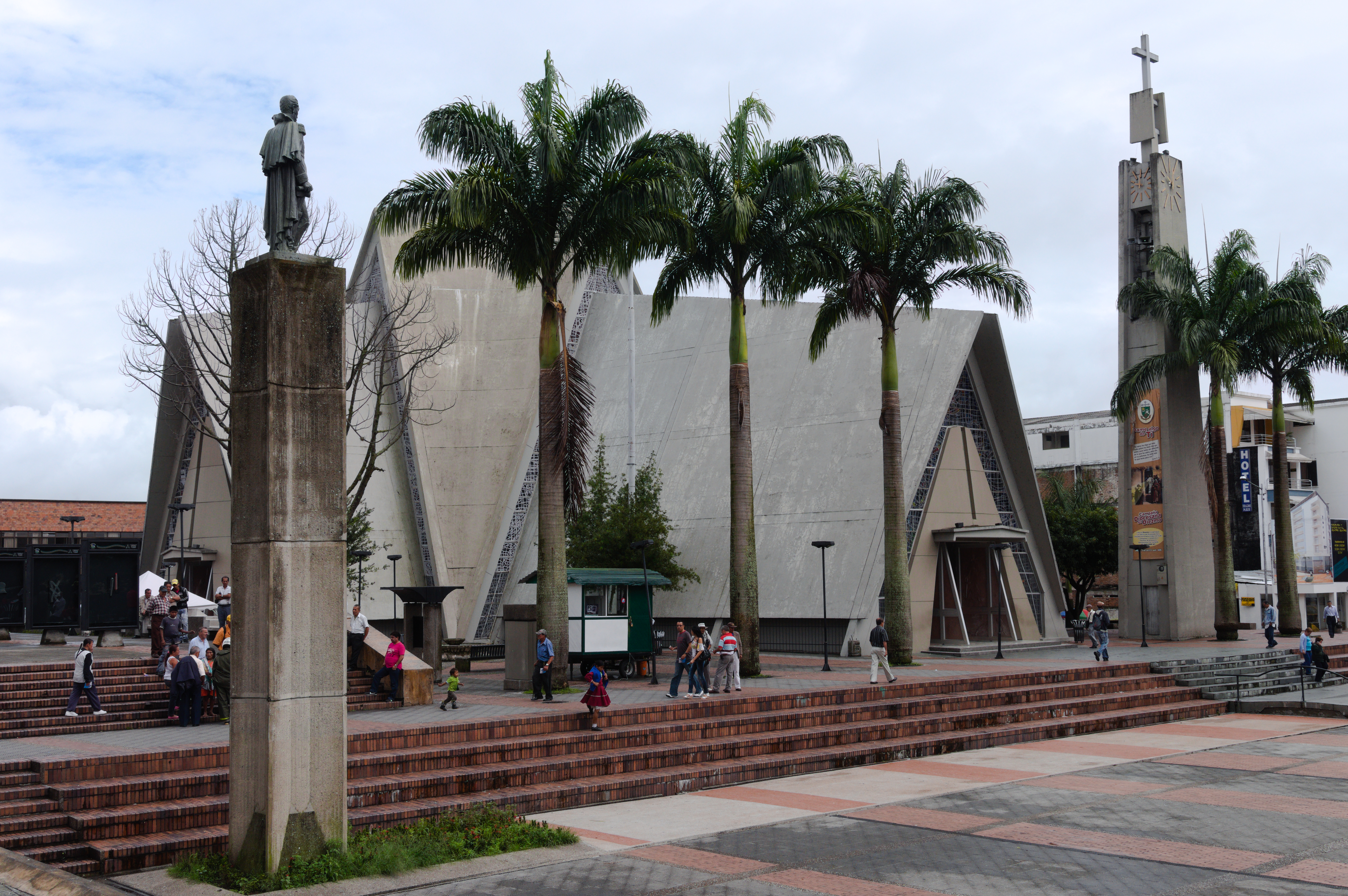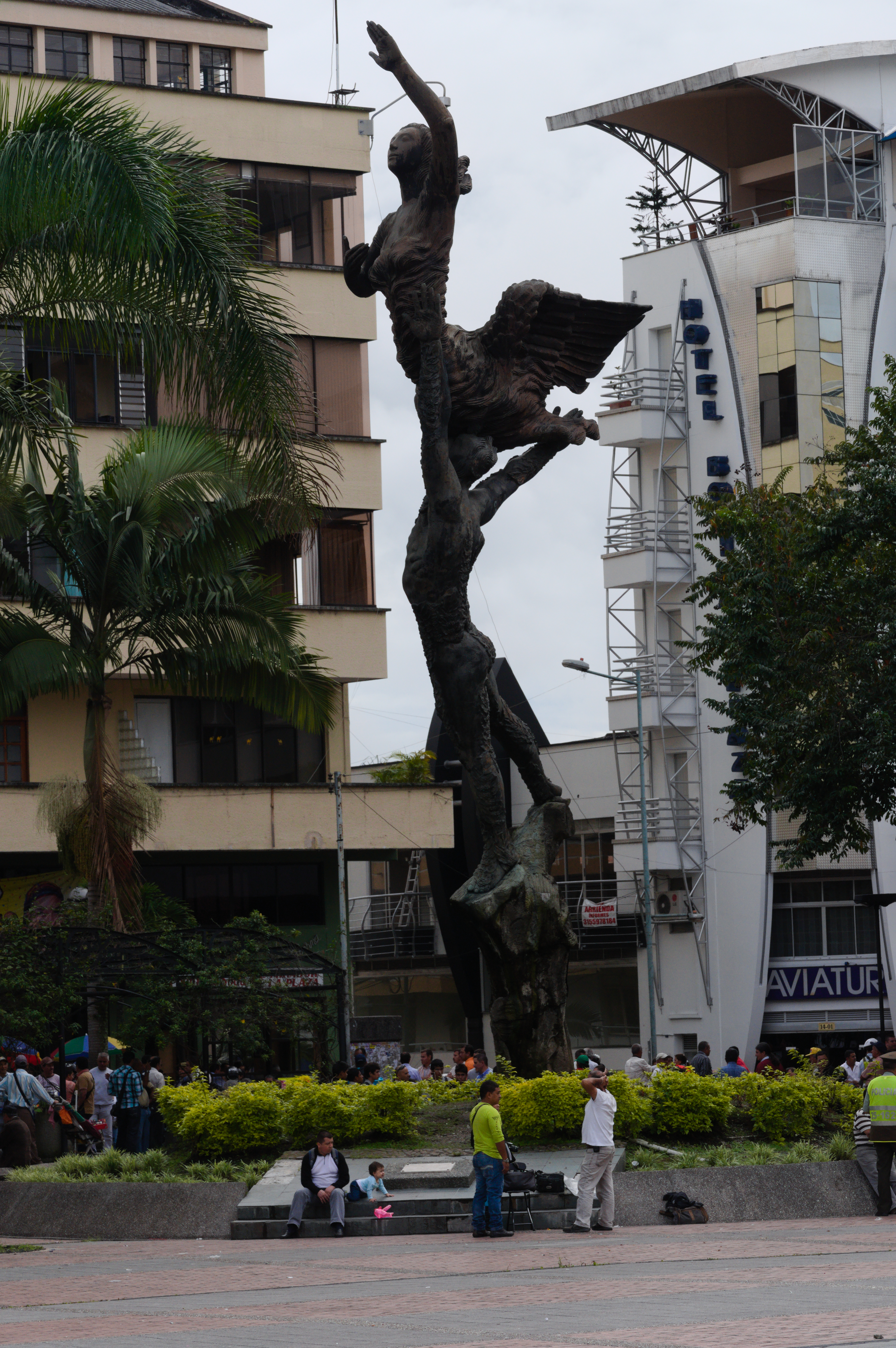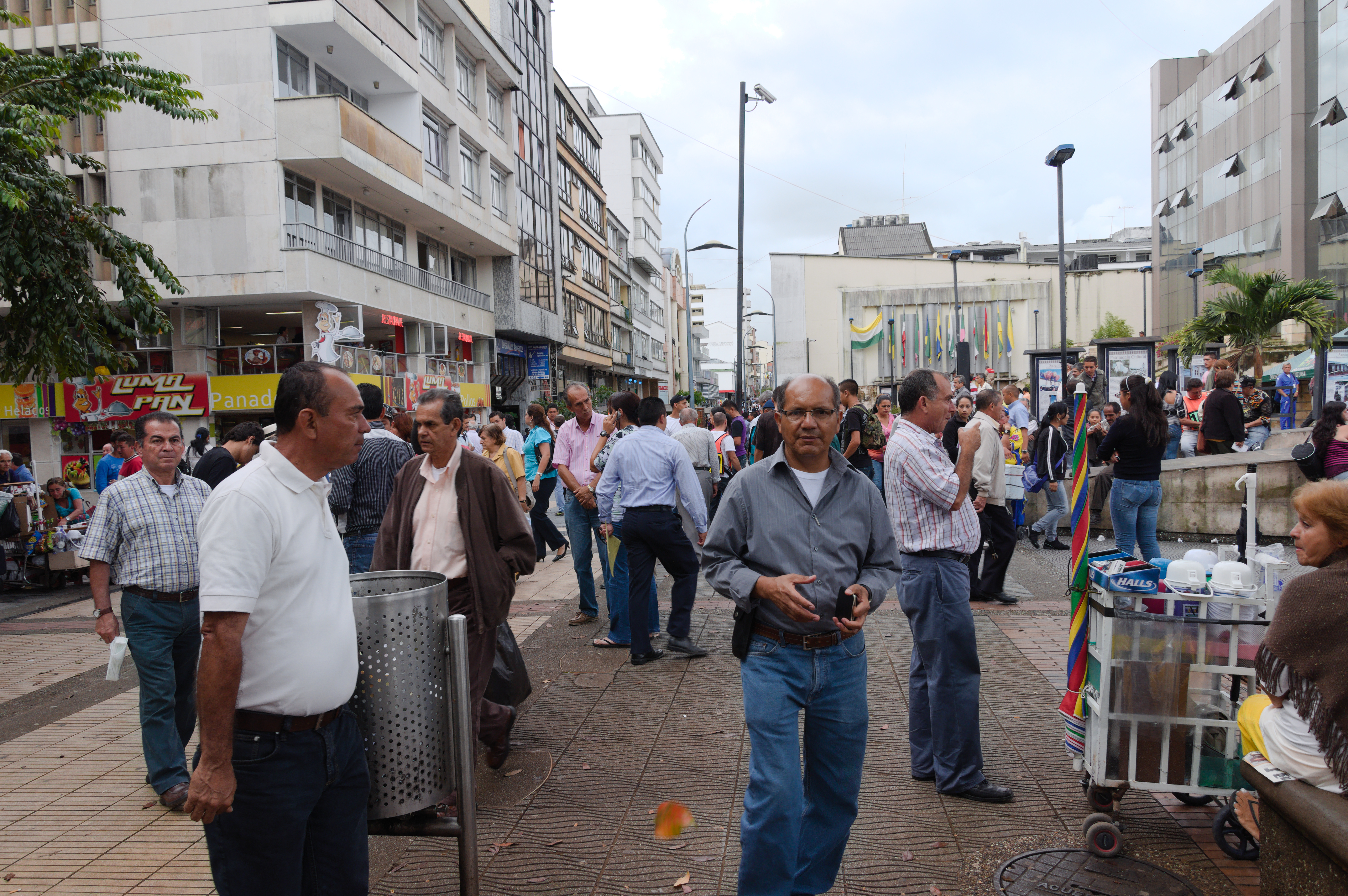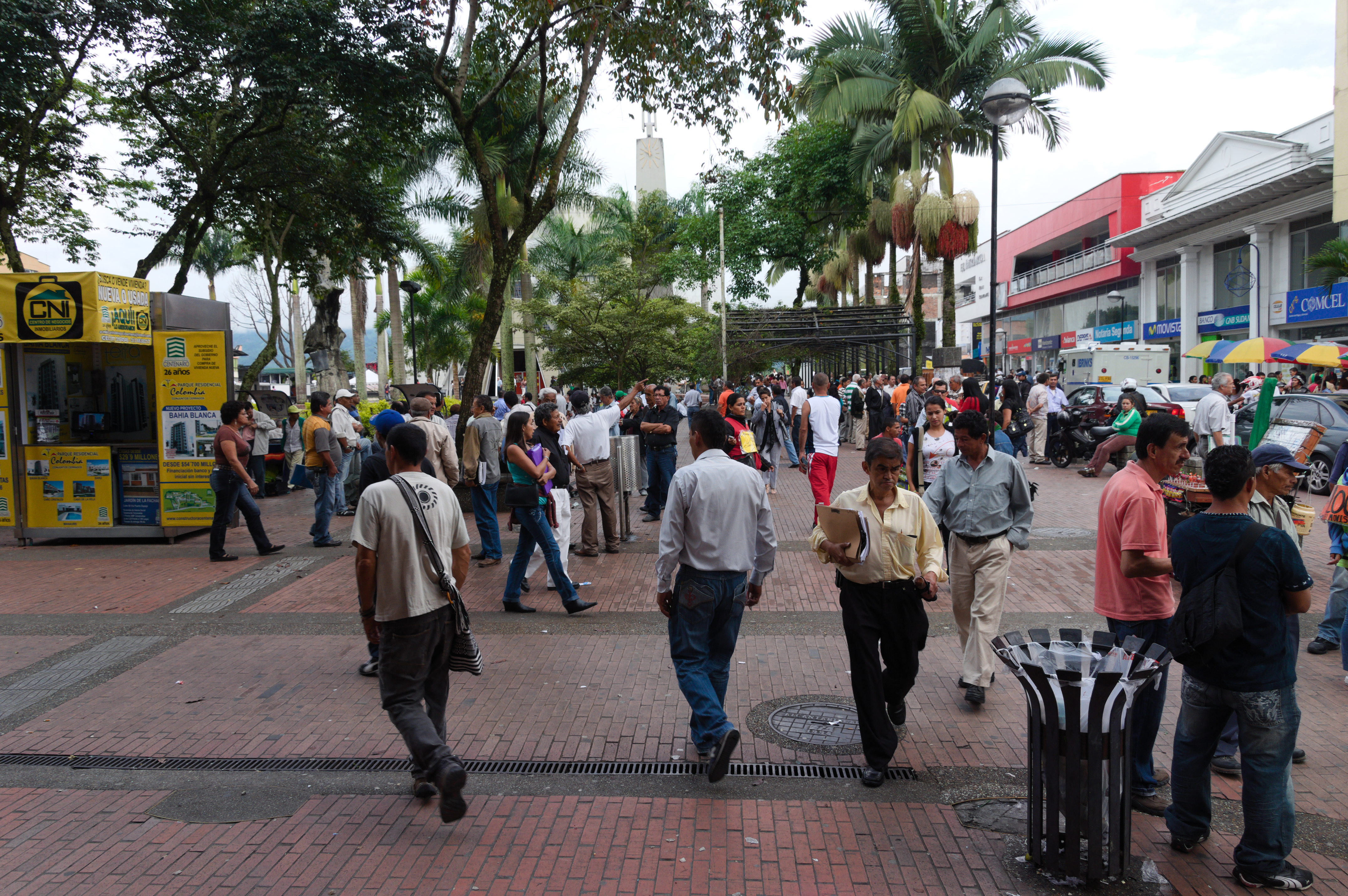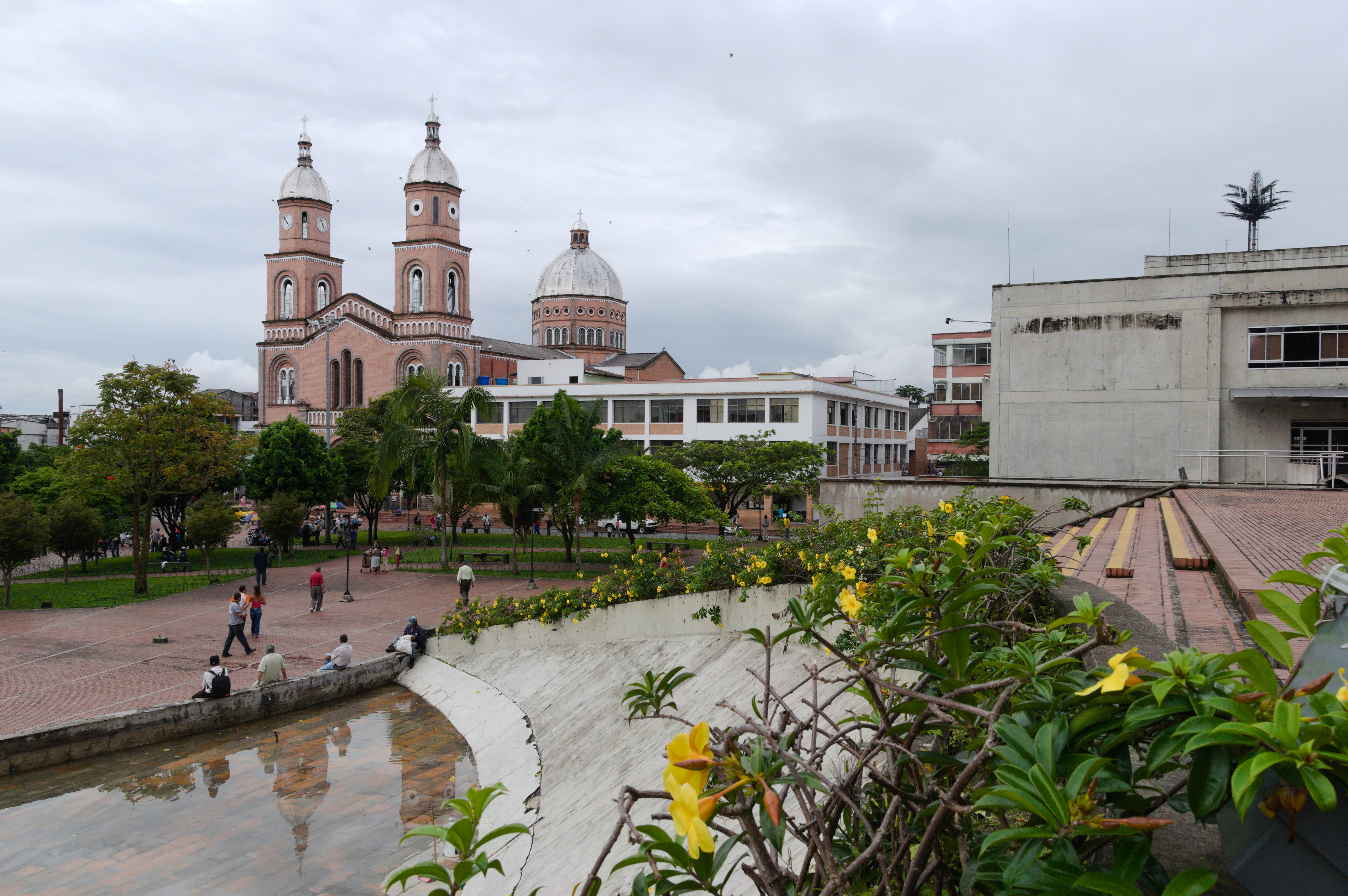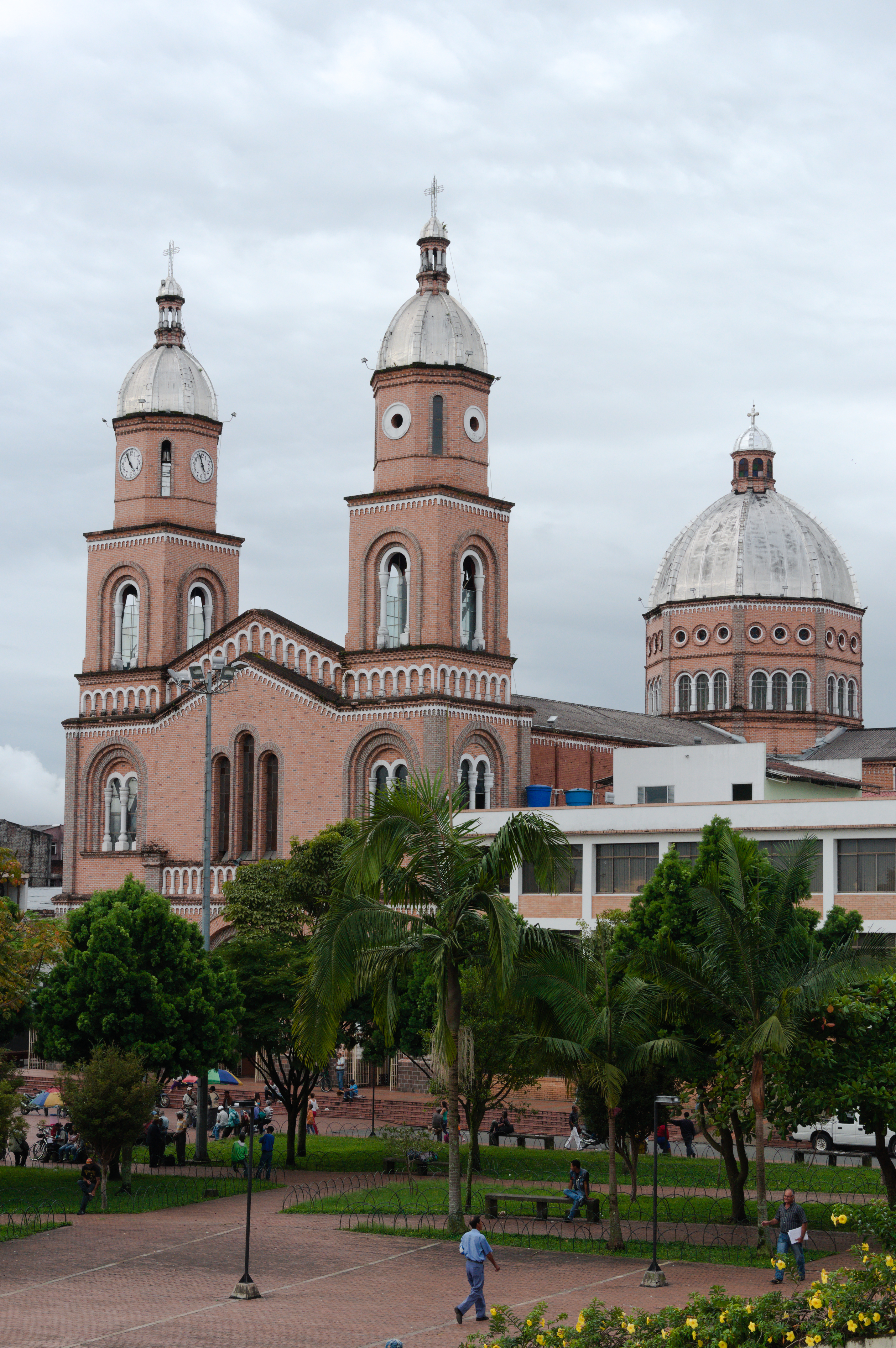30 May 2011
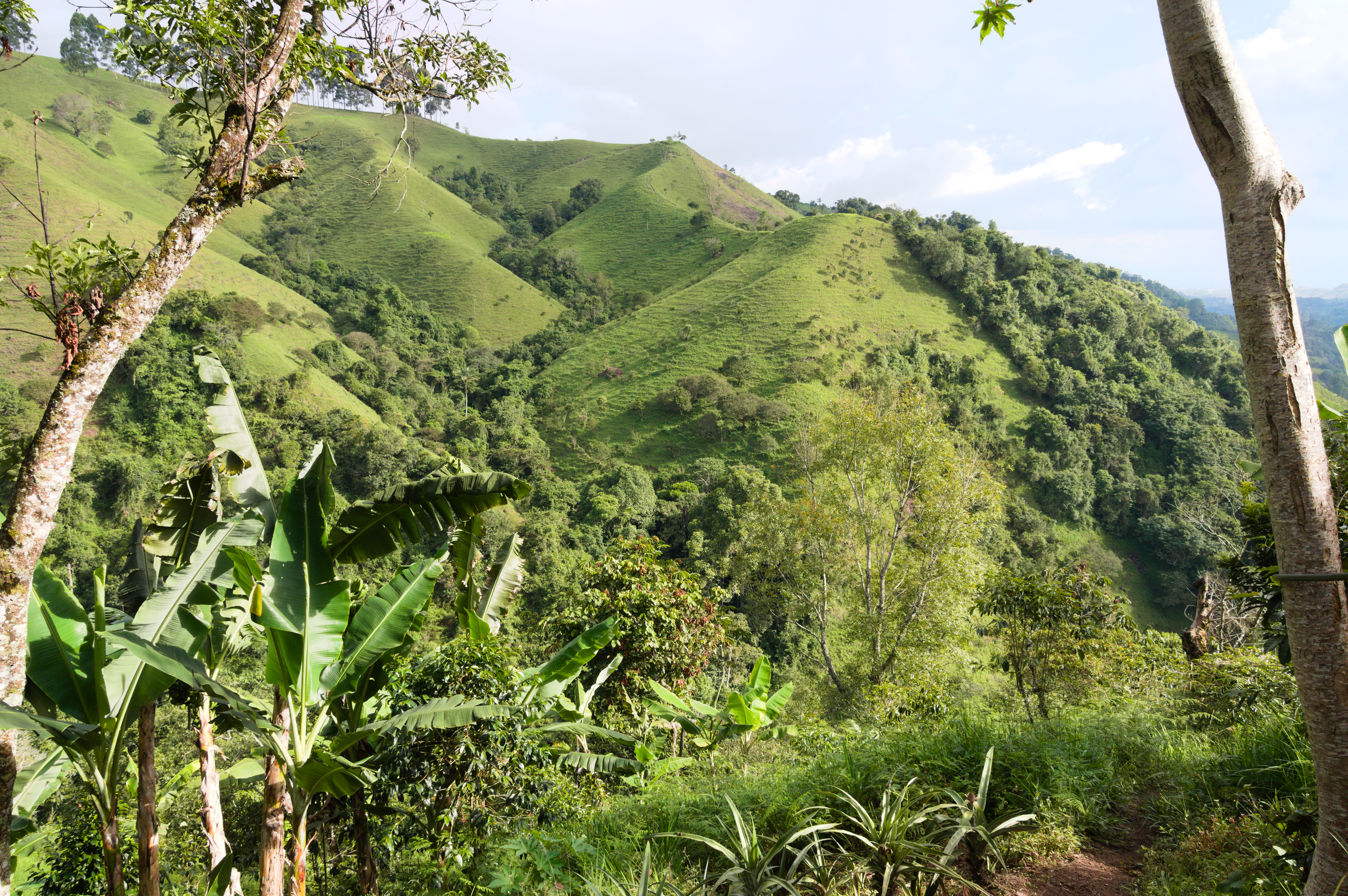
Here you’ll find jeeps packed with mustachioed coffee pickers, poncho-wearing senior citizens gossiping in cafes, and, of course, endless cups of piping-hot arabica. Many working fincas (coffee farms) have embraced tourism and welcome visitors onto their plantations to learn all about the coffee-growing process.
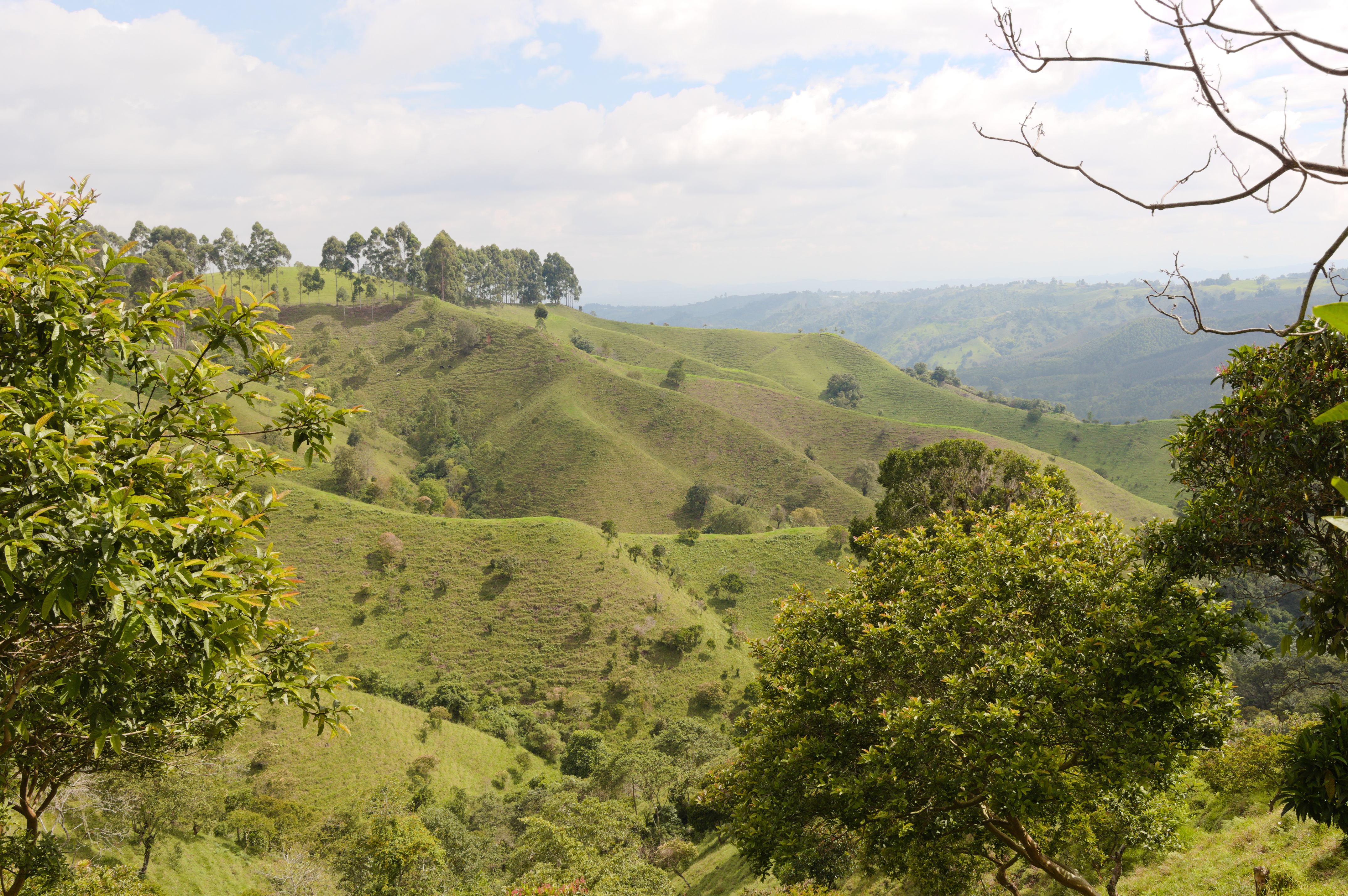
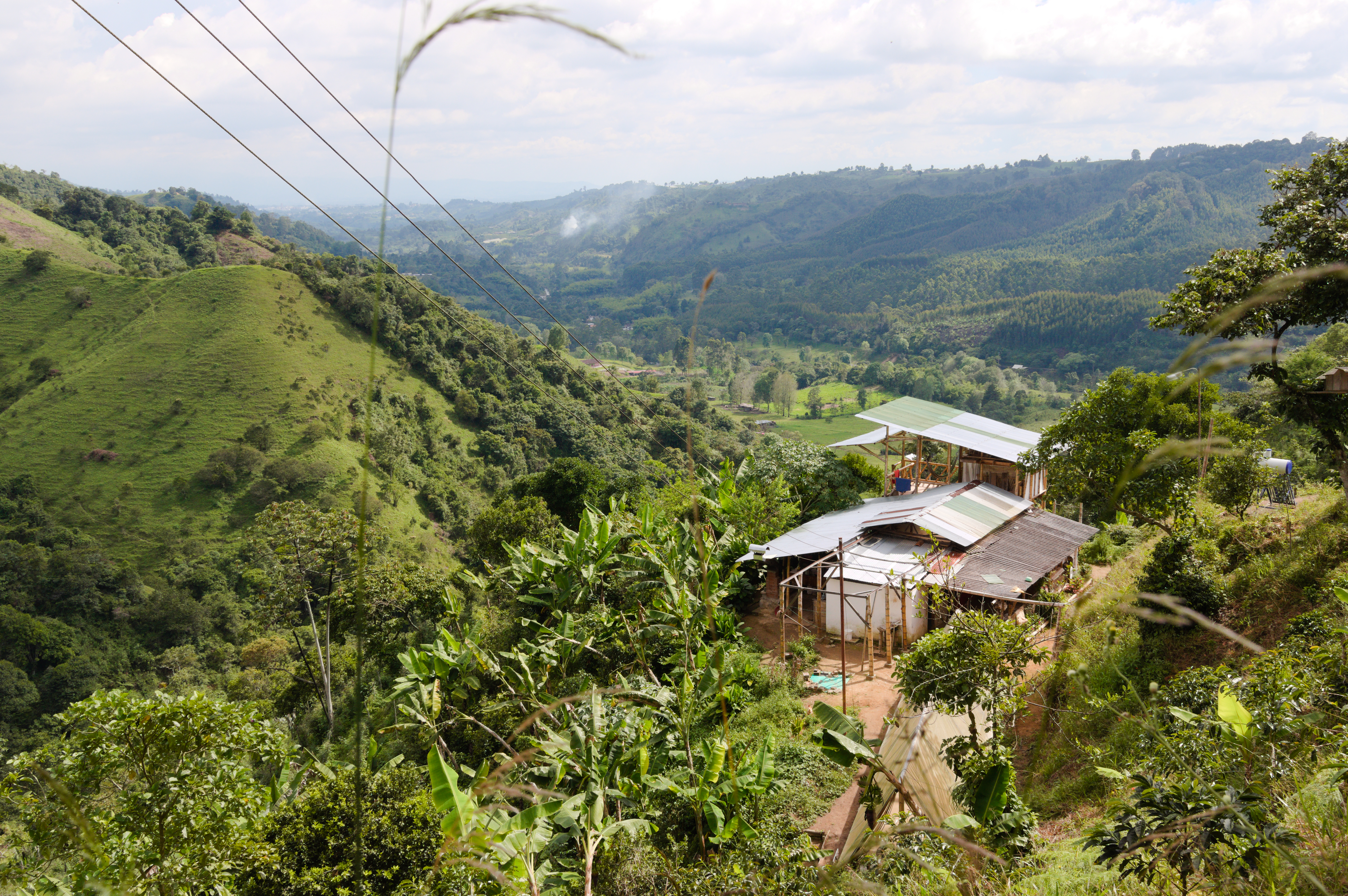
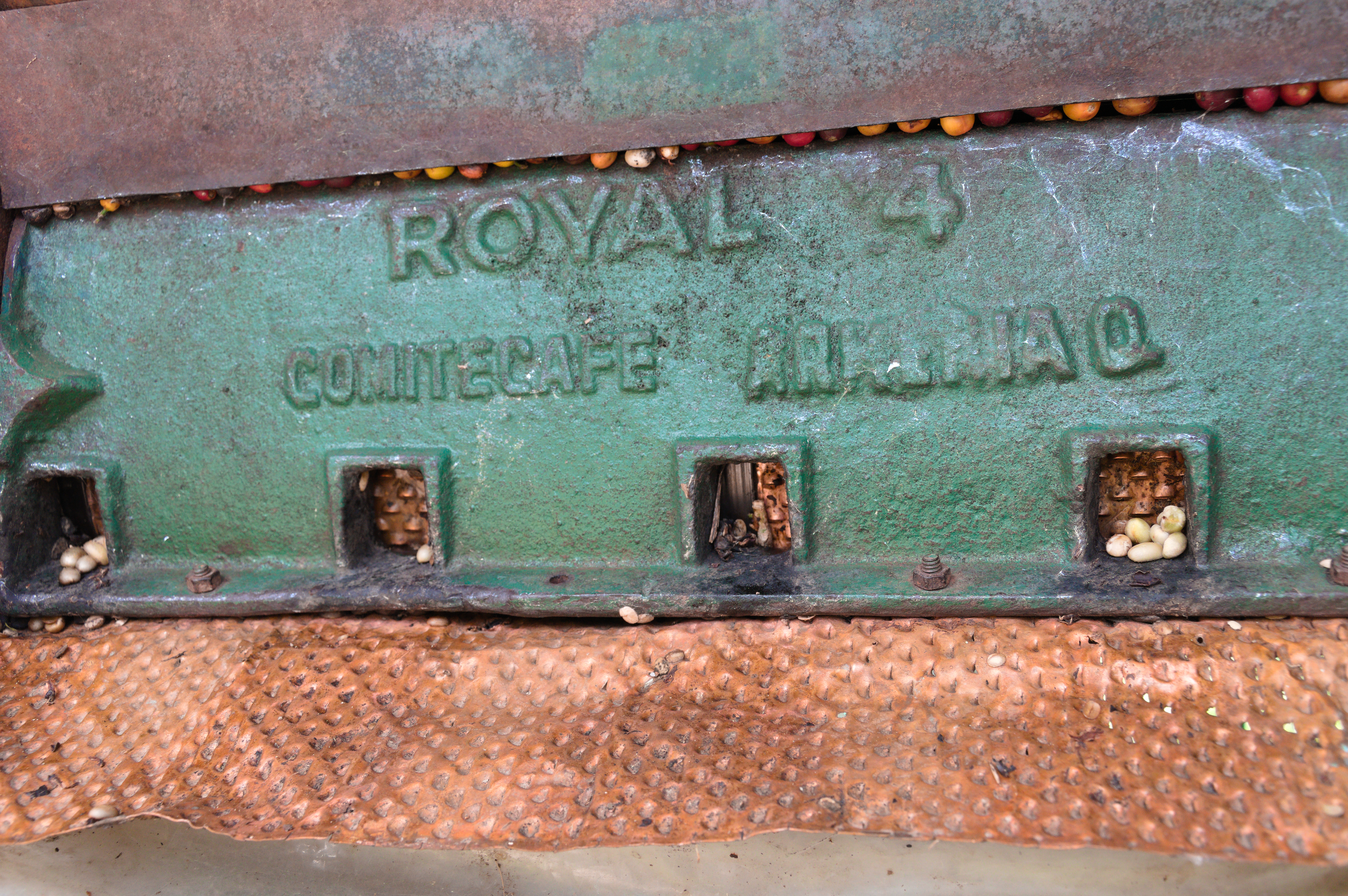
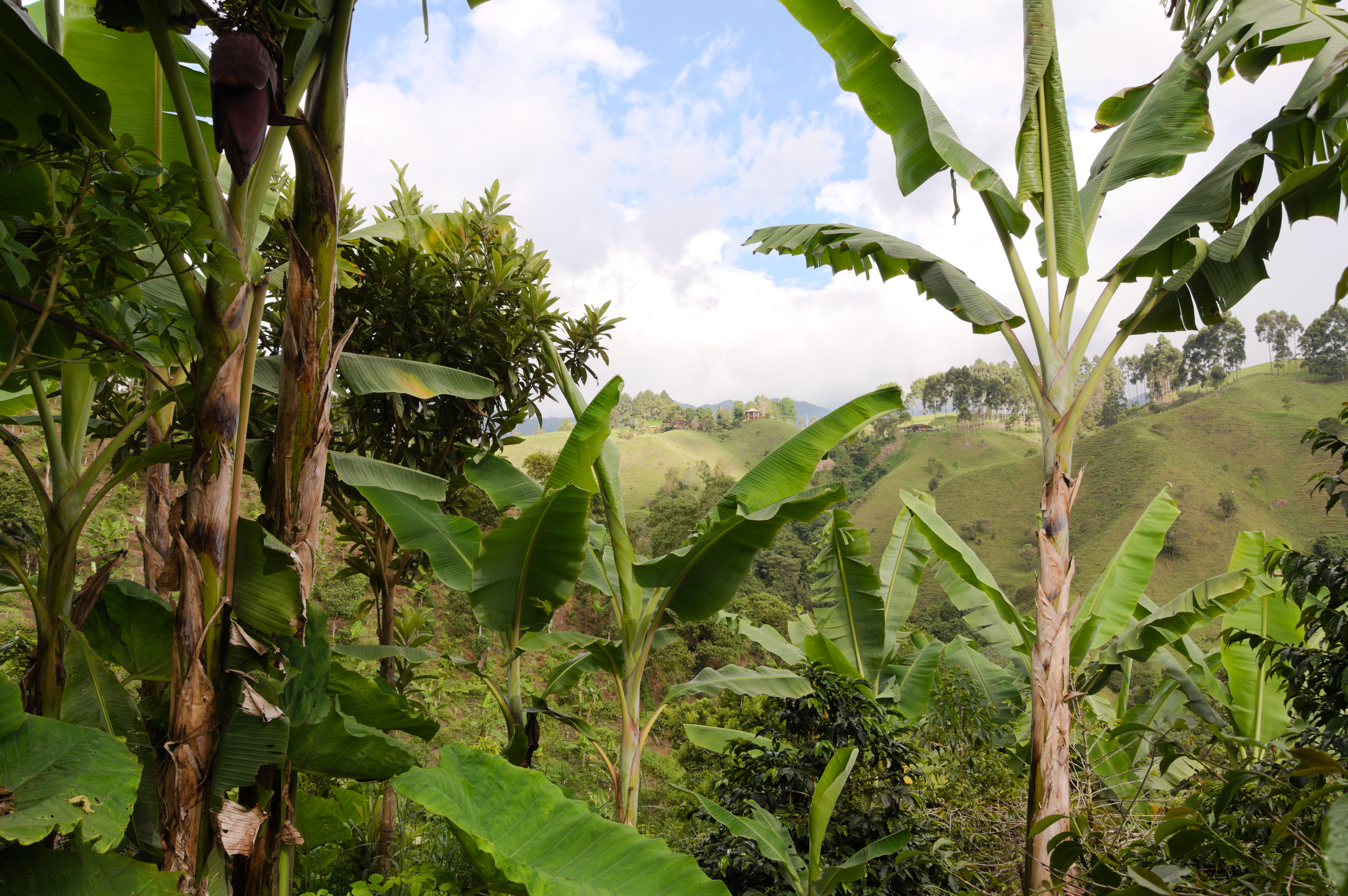
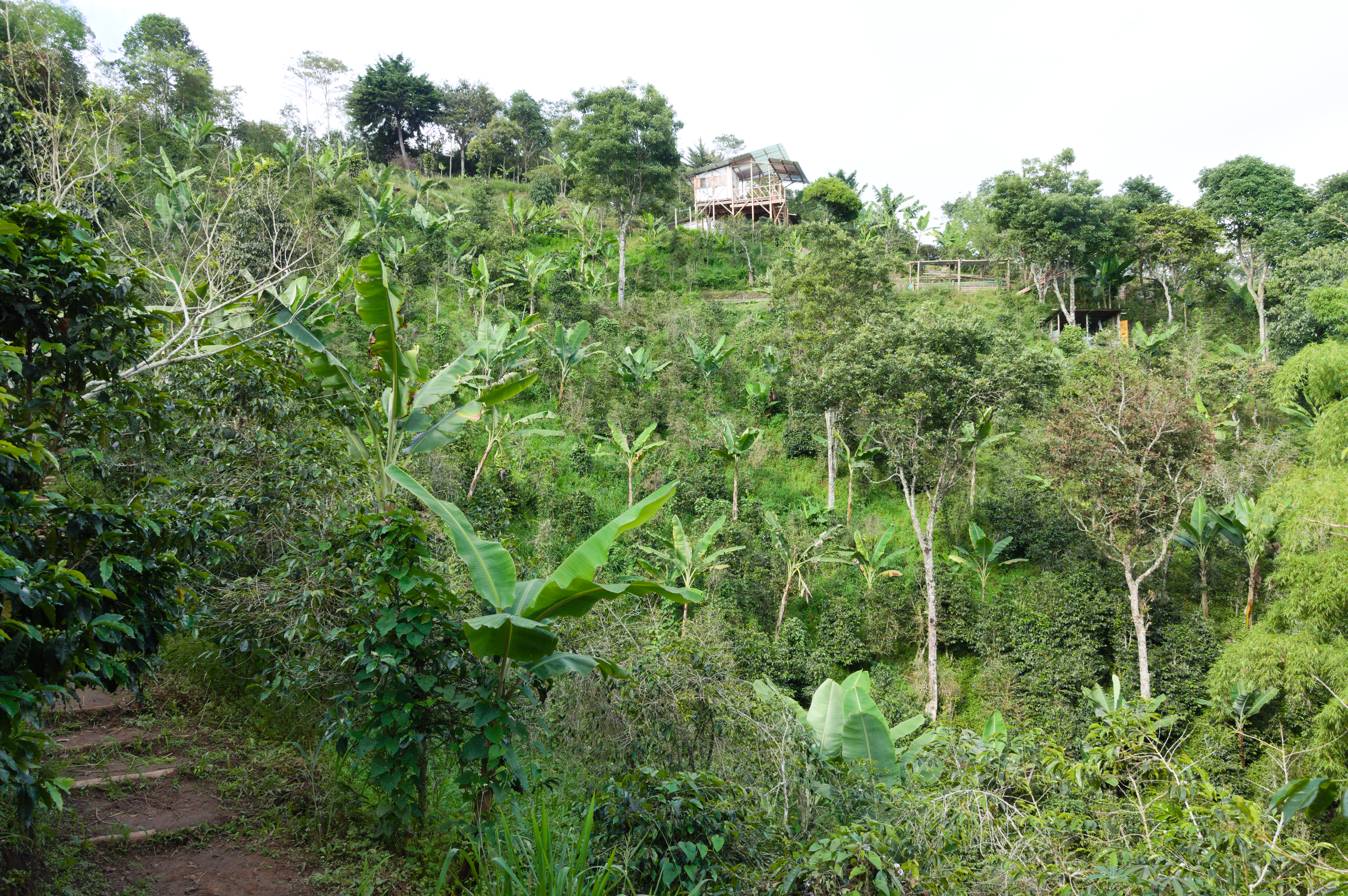
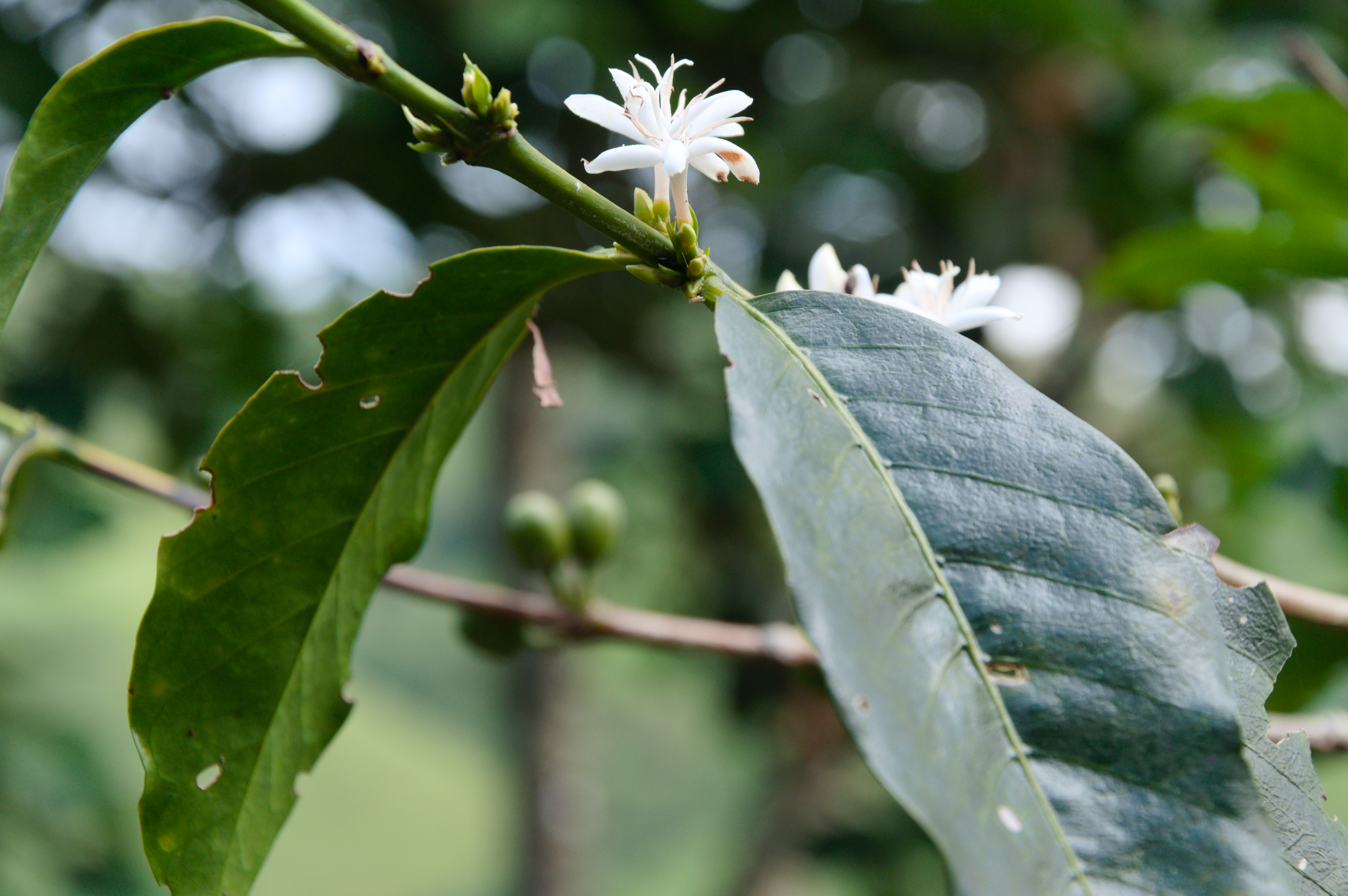
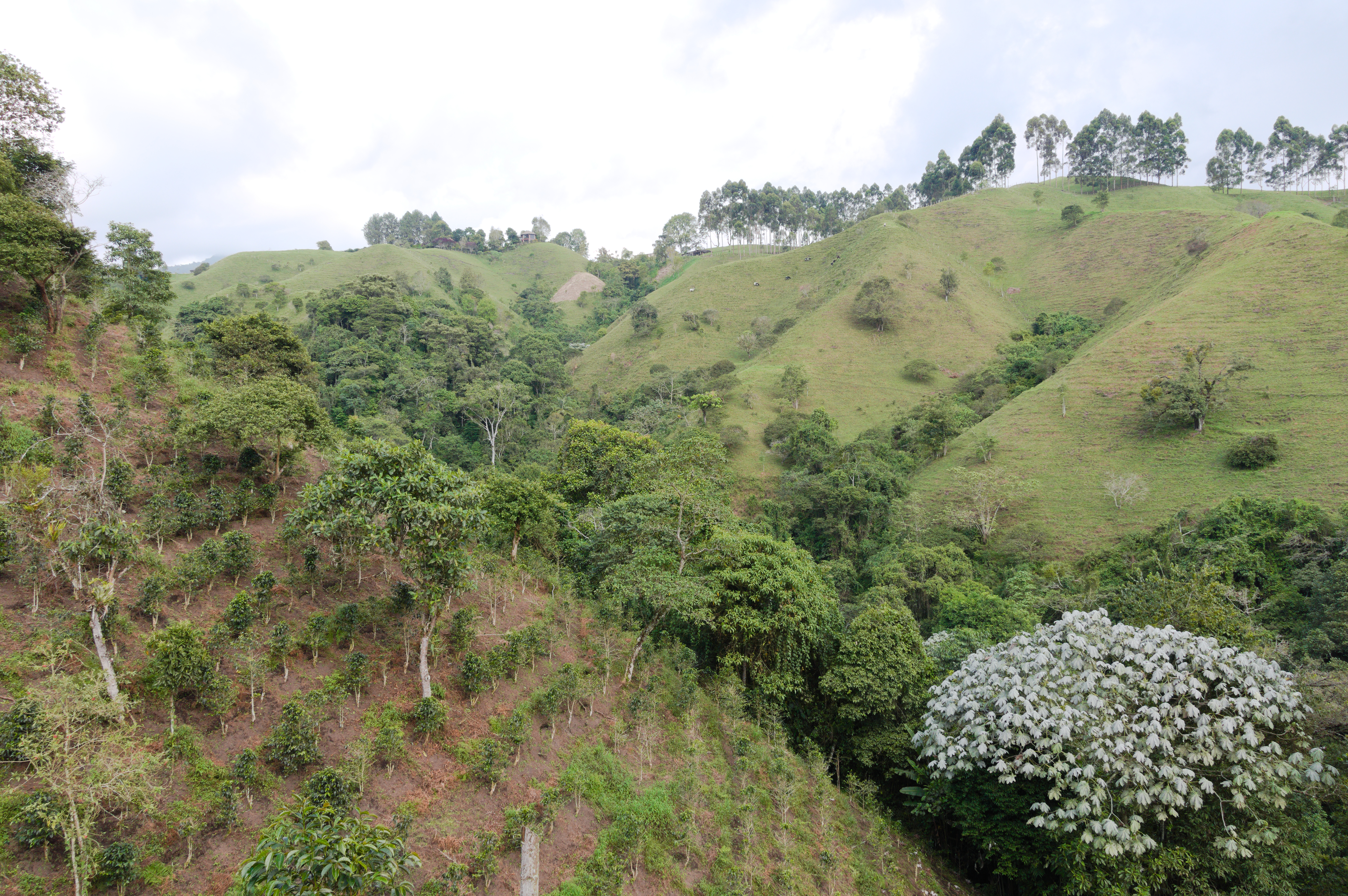
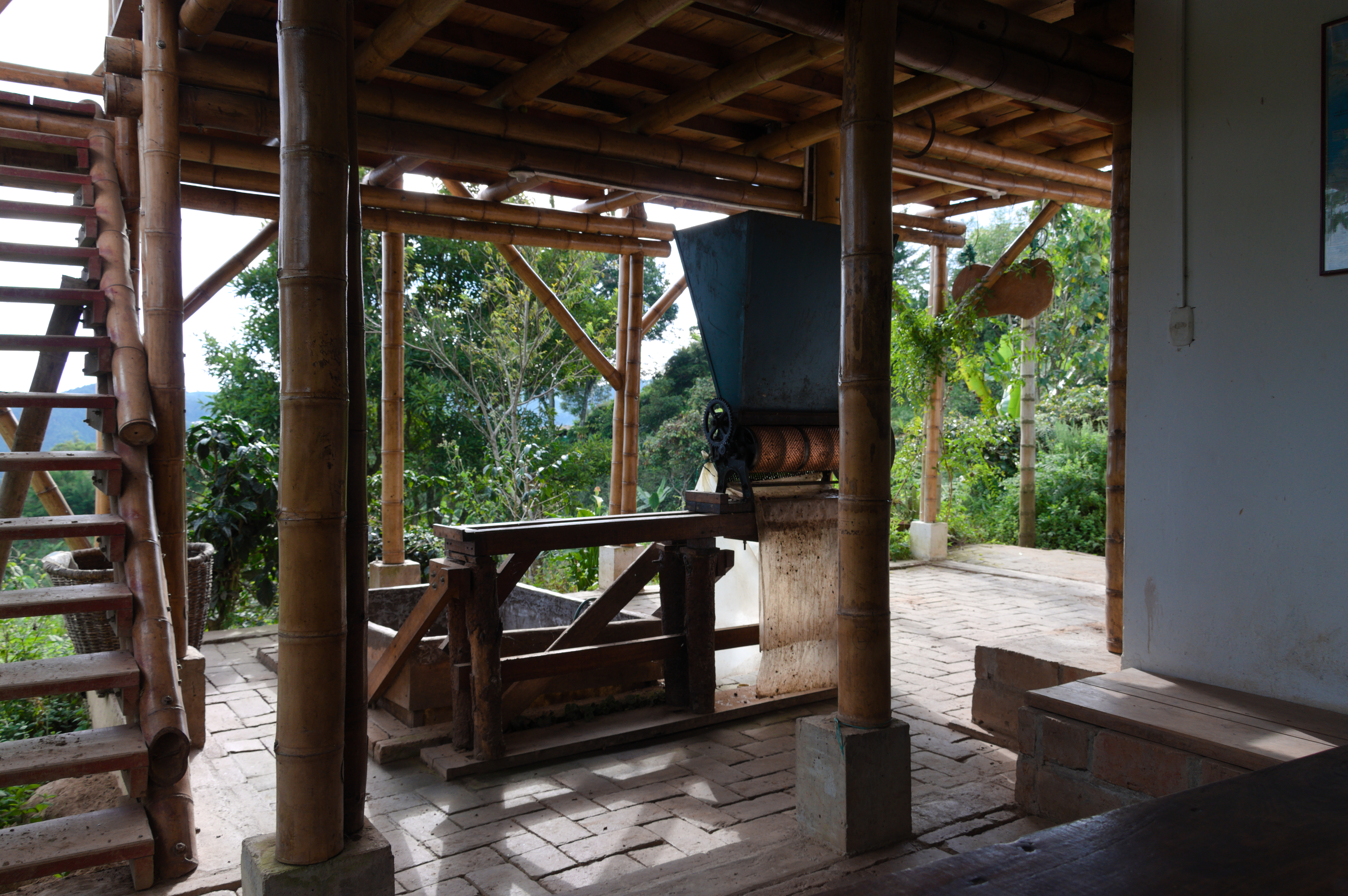
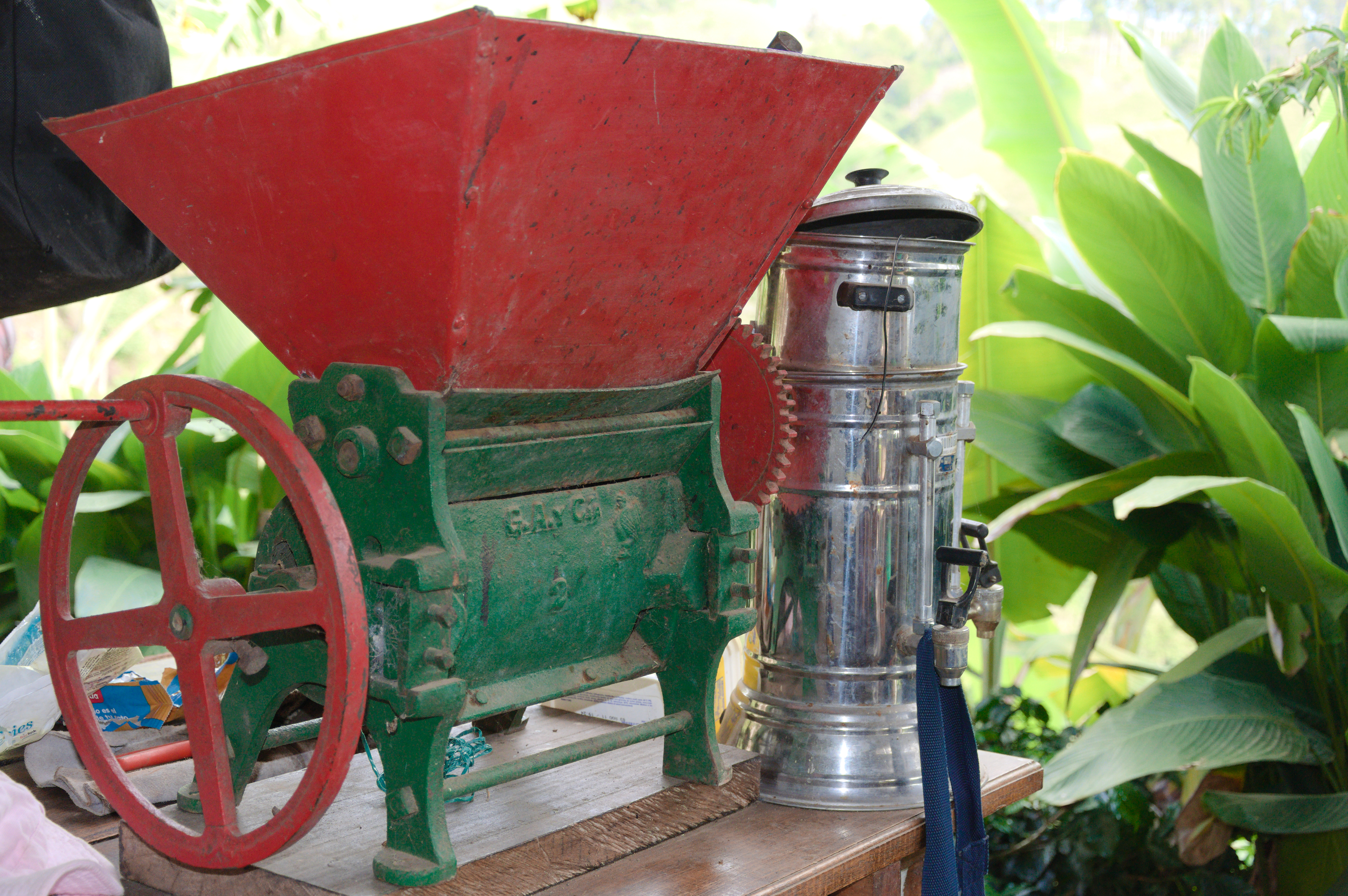
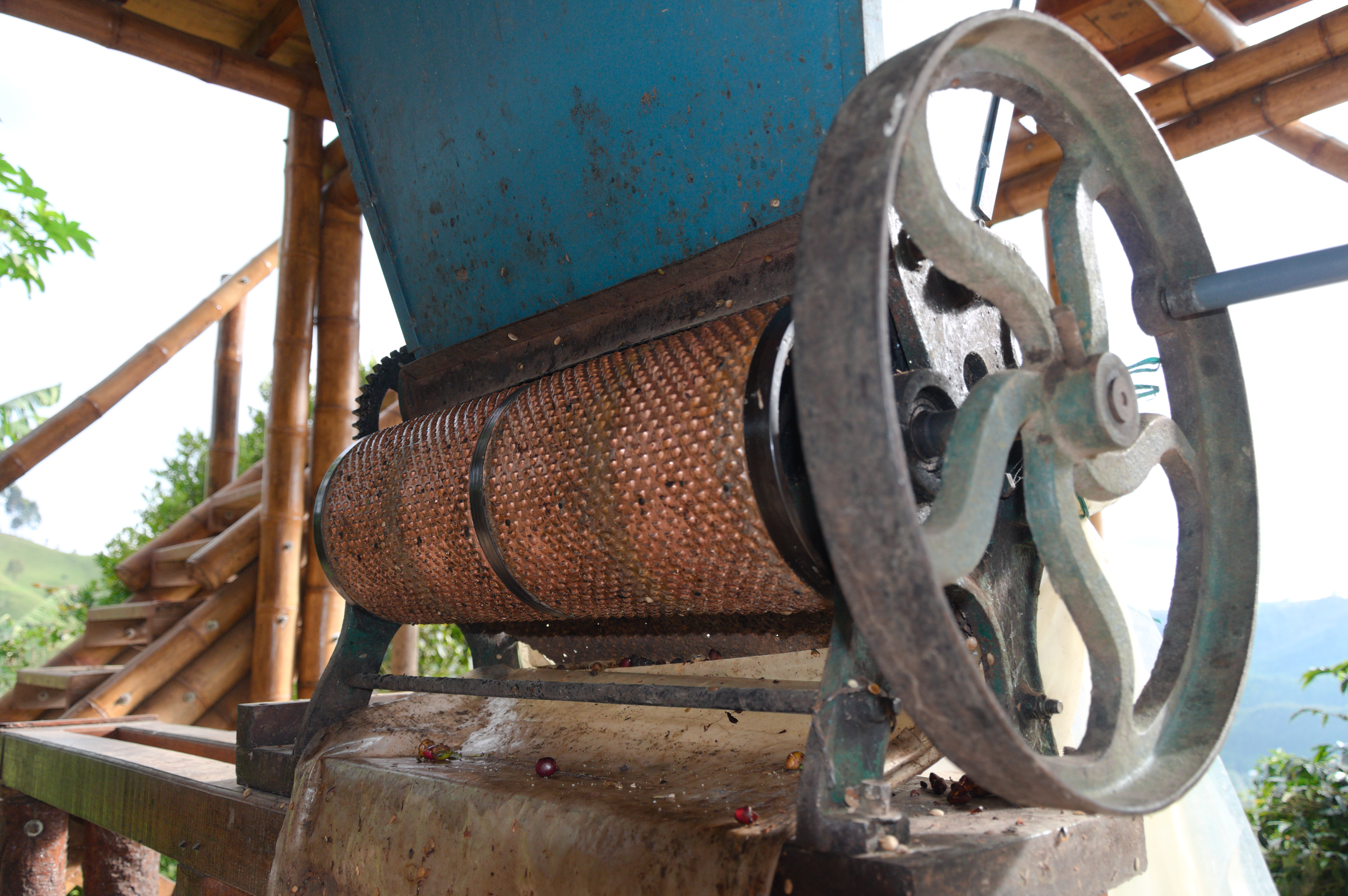
Set amid gorgeous green mountains 15 miles (24km) northeast of Armenia, this small town survives on coffee production, trout farming and tourists, the last drawn by its quaint streets, typical paisa architecture and its proximity to the spectacular Valle de Cocora. It was founded in 1850, and is one of the oldest towns in Quindío.
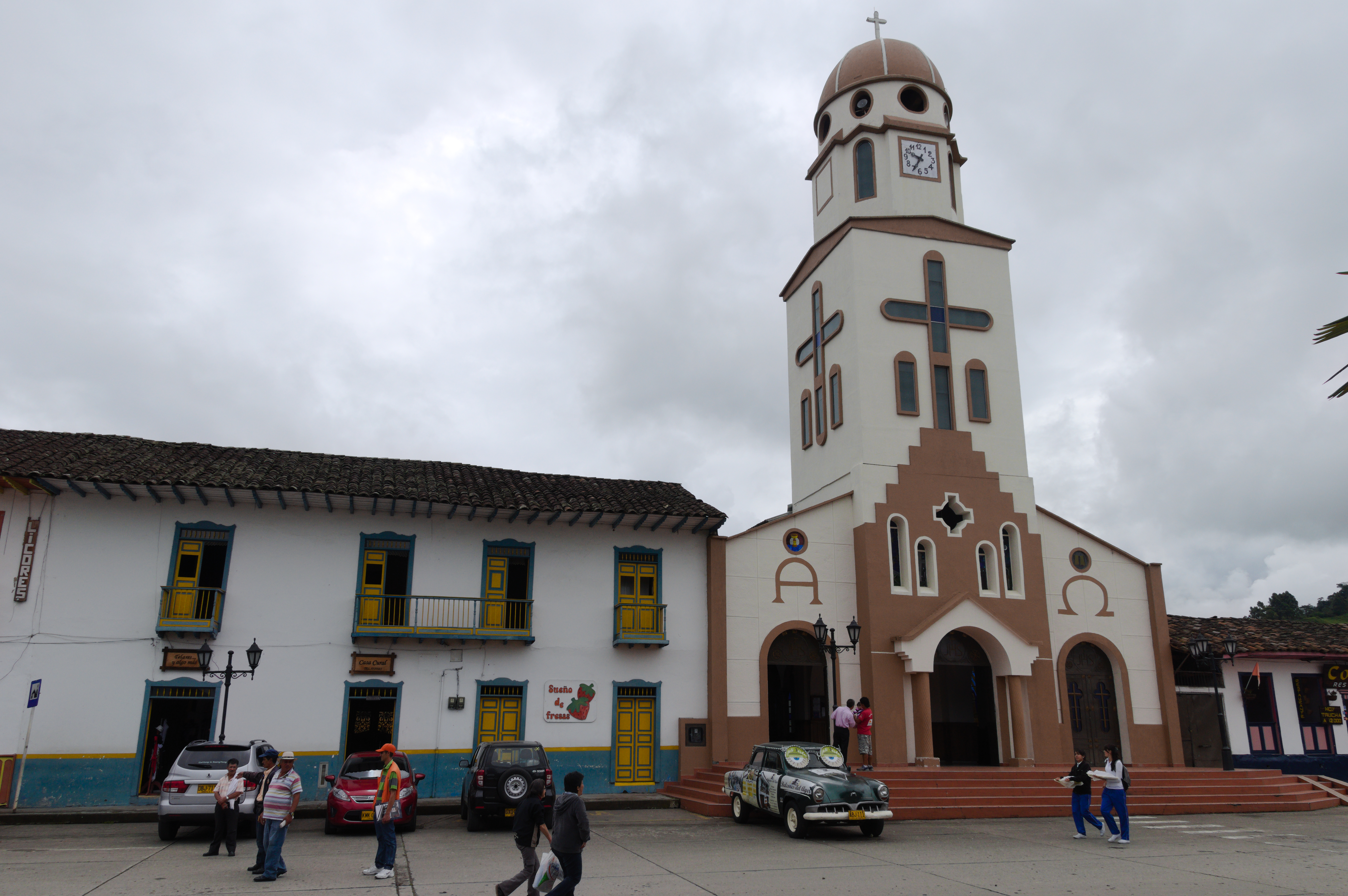
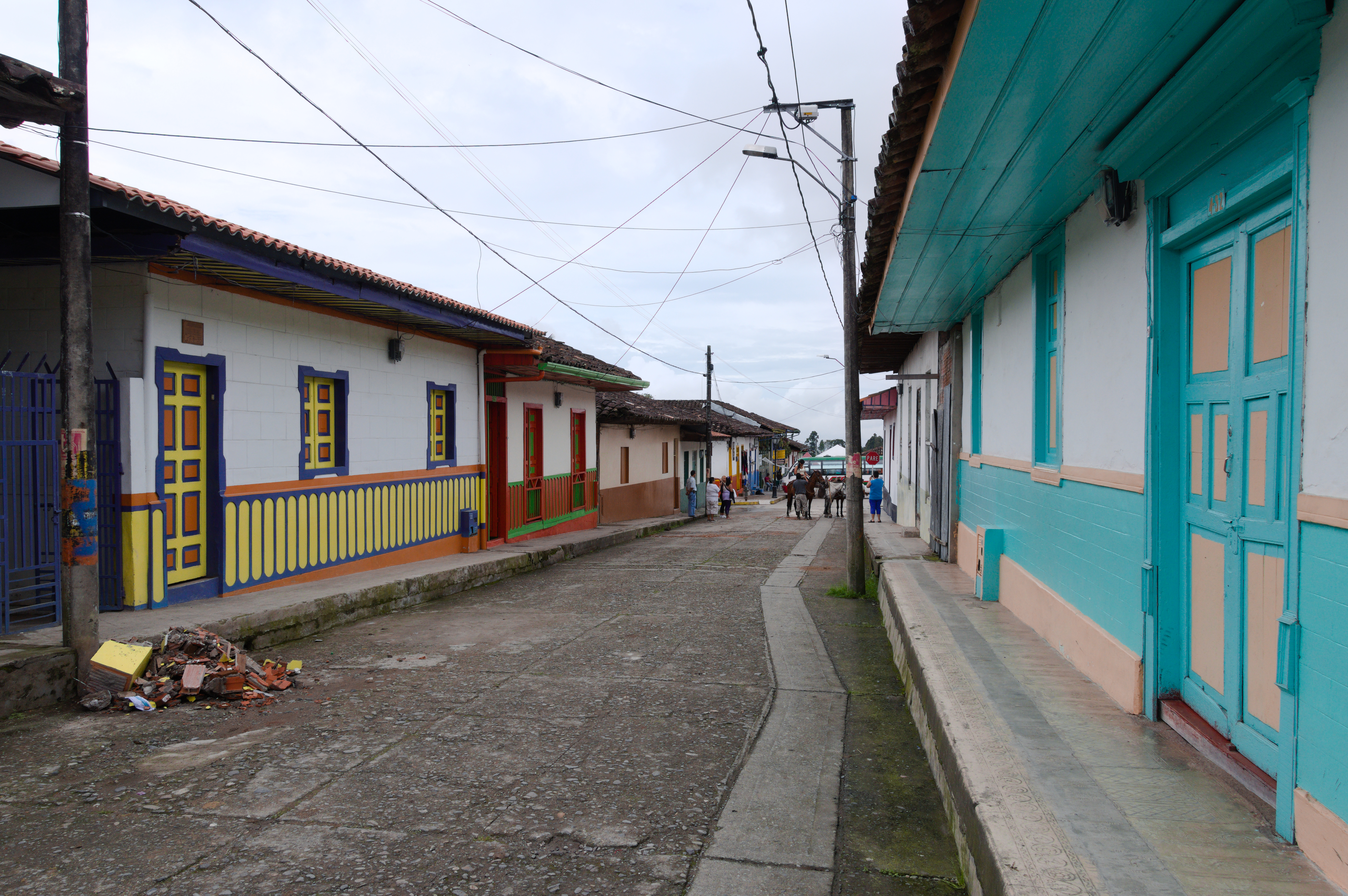
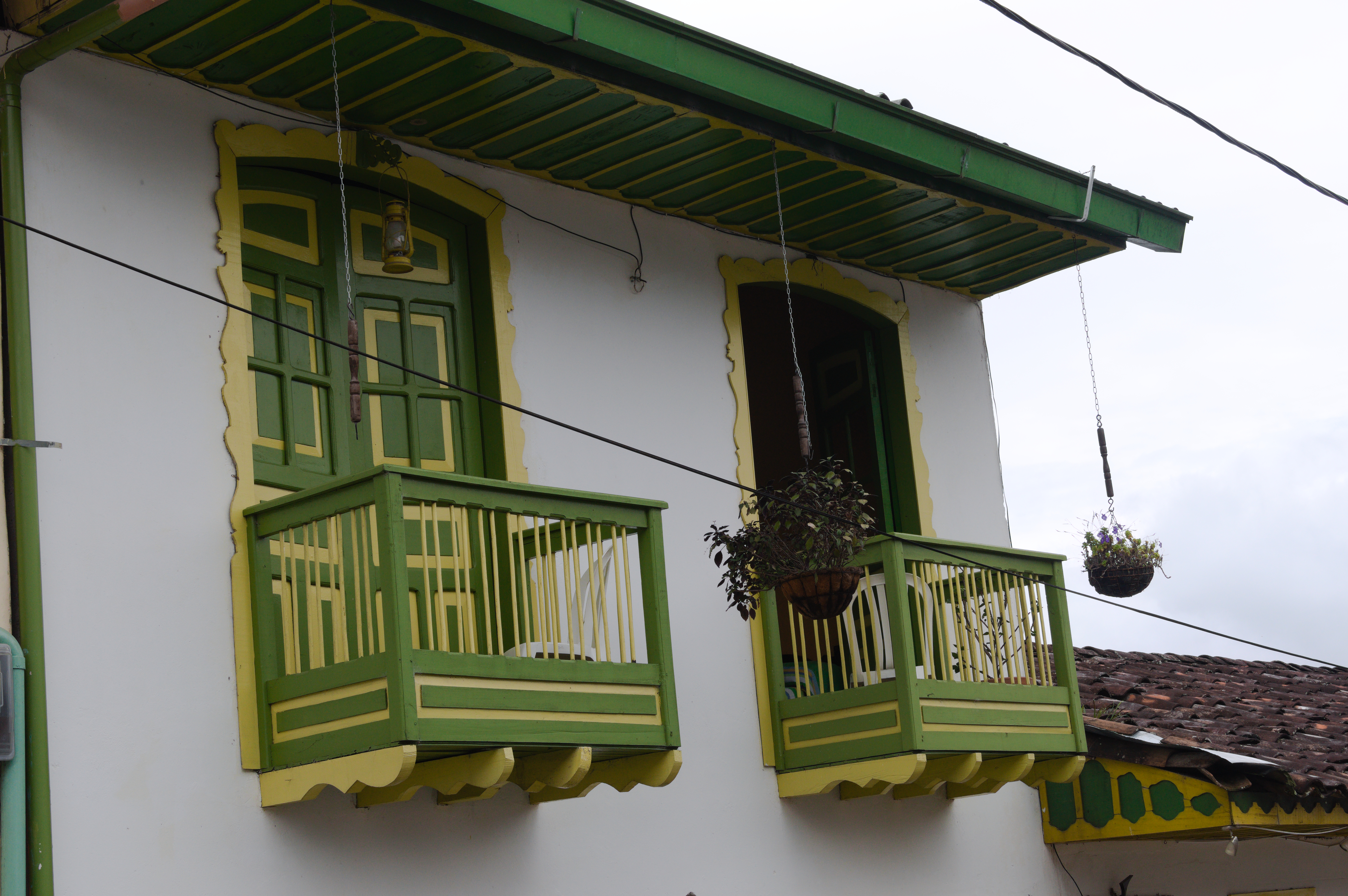
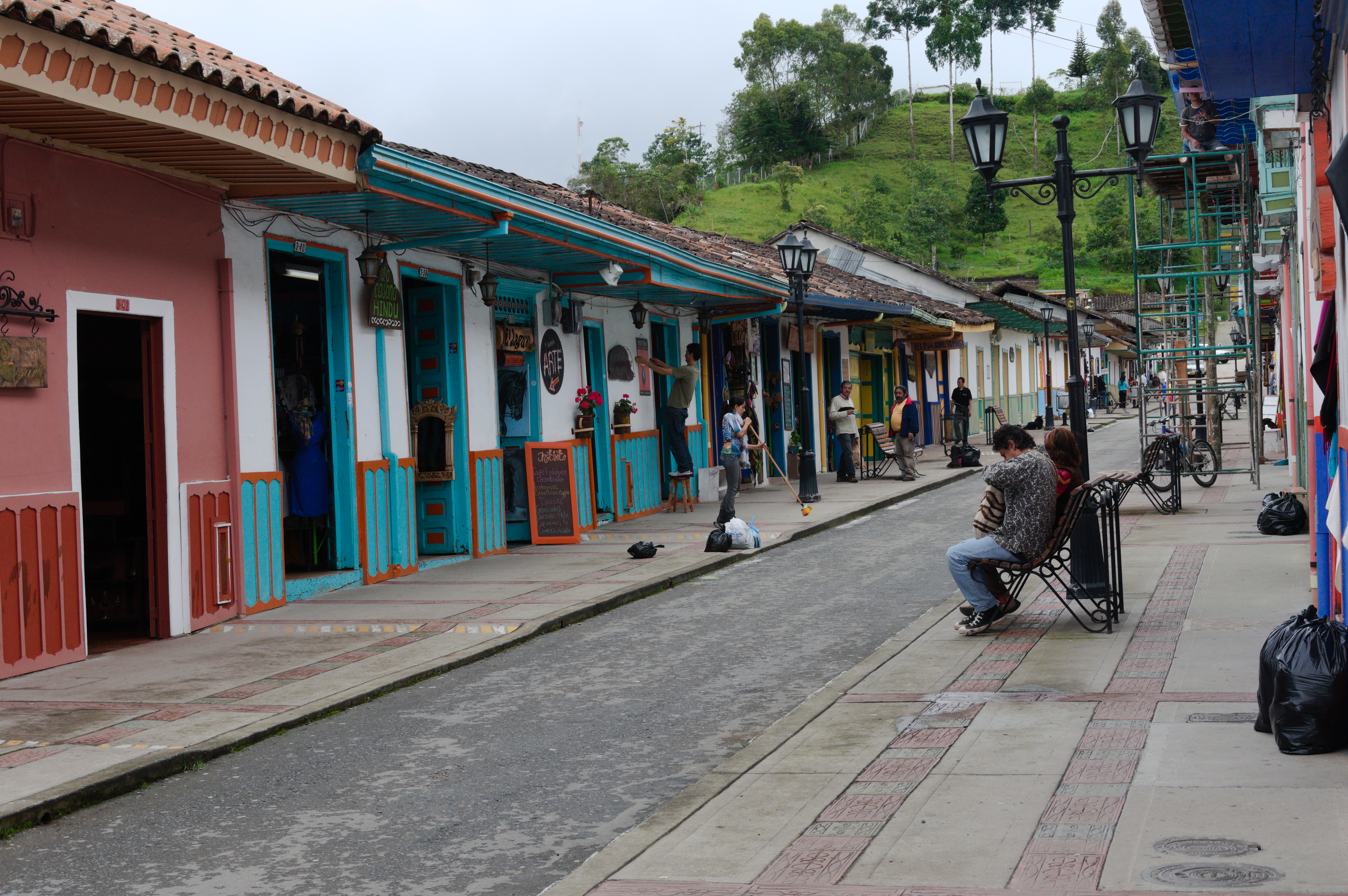
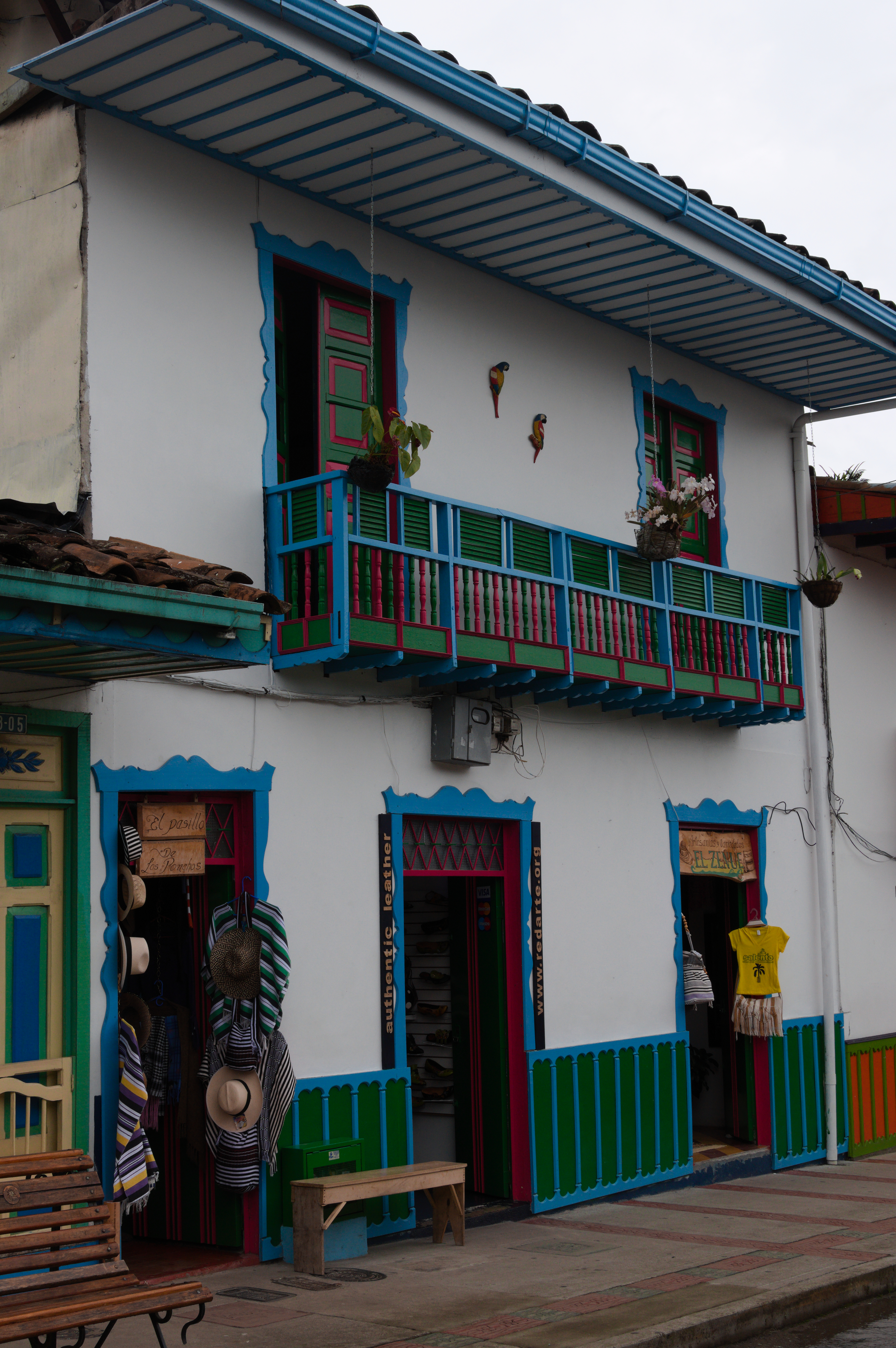
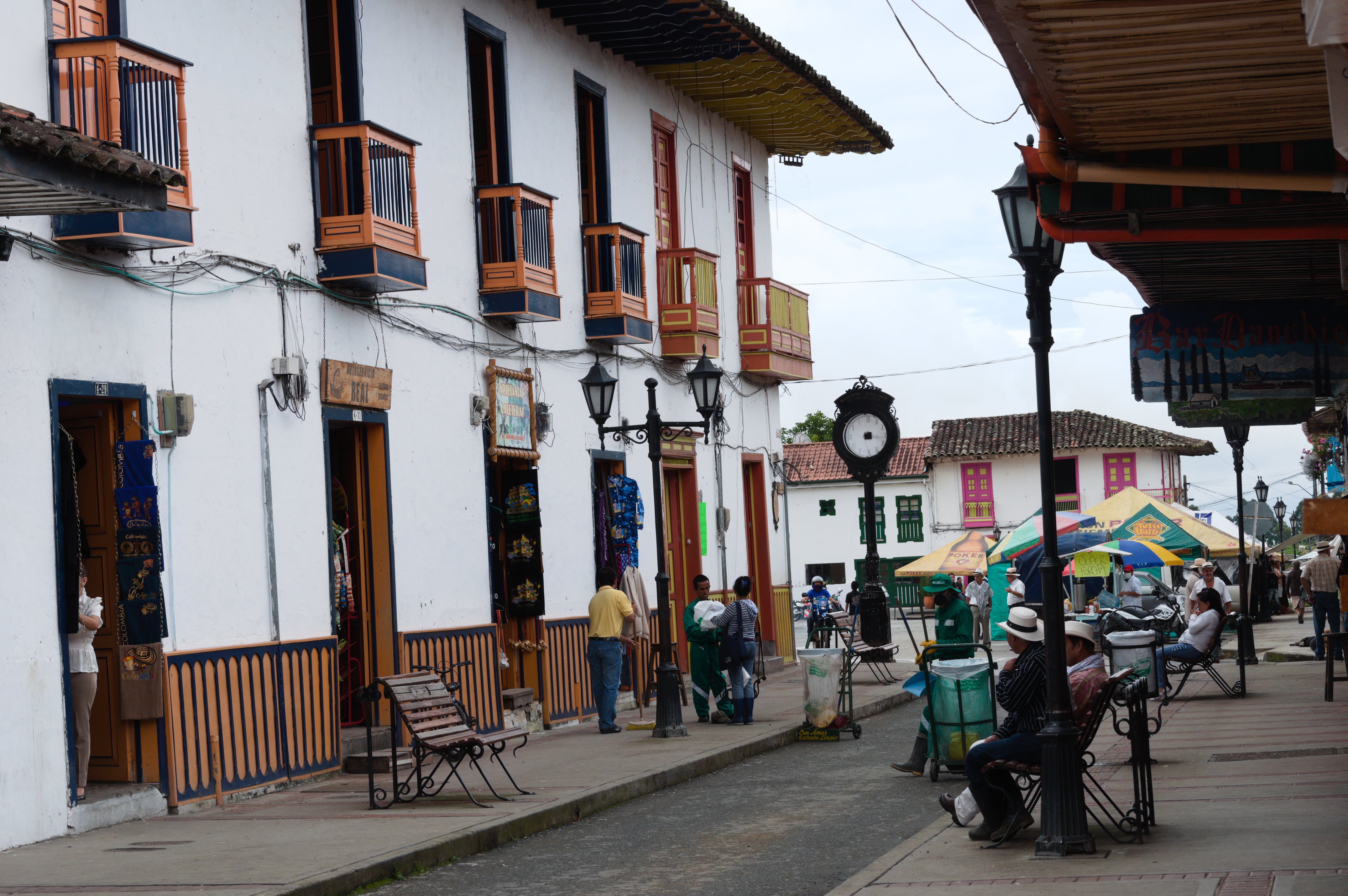
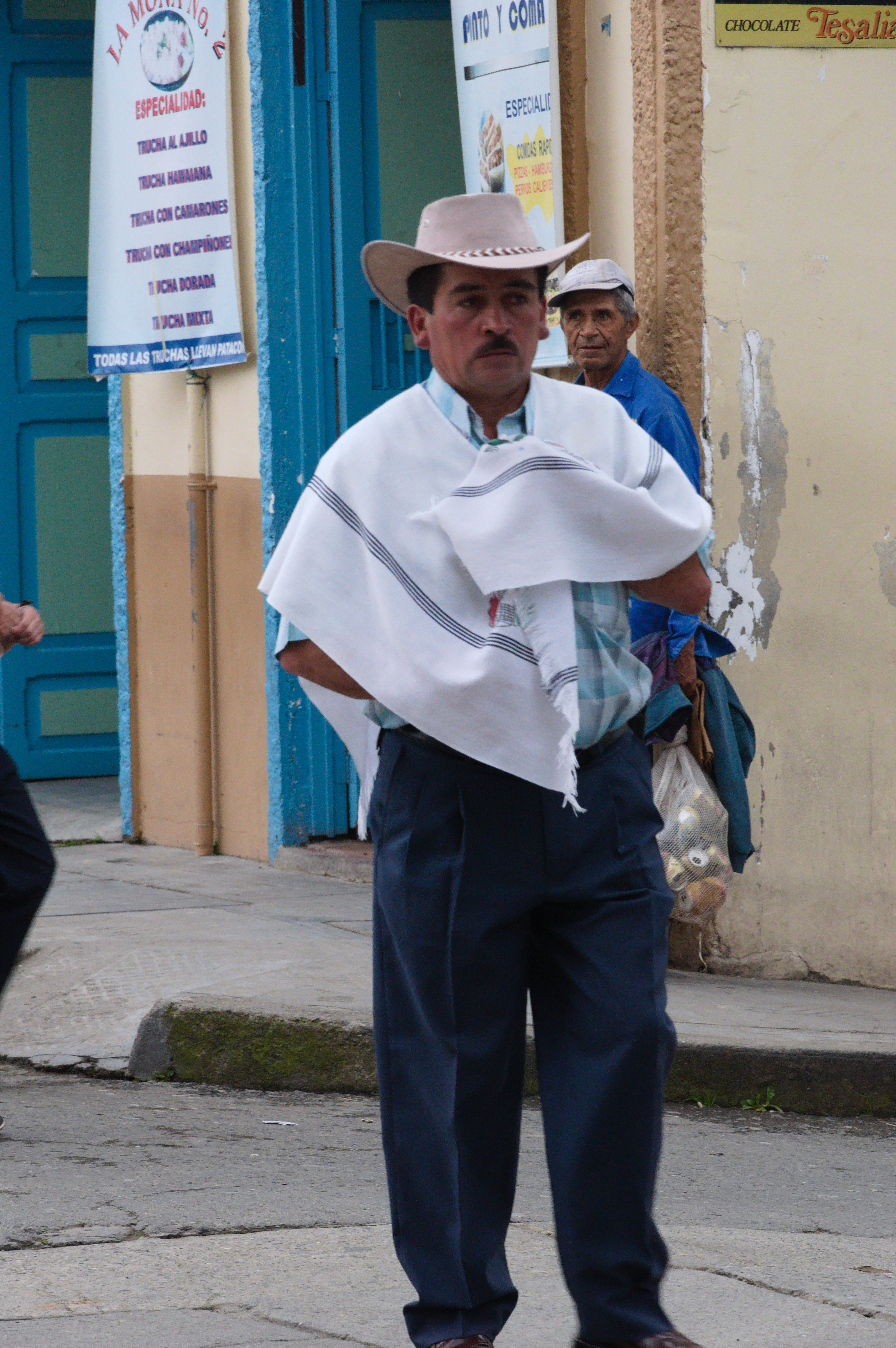
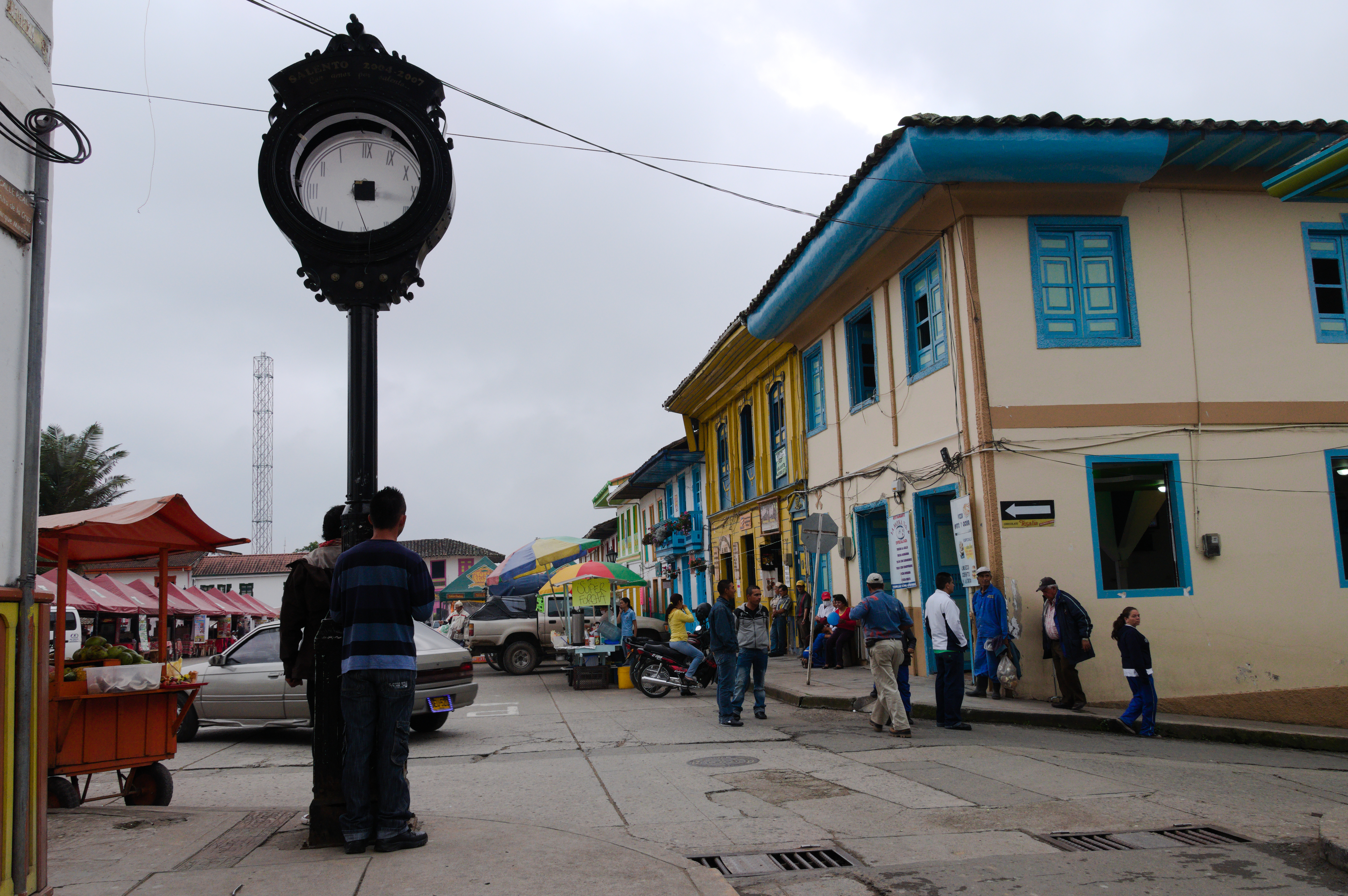
A land of lush green farmland divided by rushing mountain rivers, it’s home to swathes of lofty Quindío wax palms, which can reach the height of a six-story building and tower over this idyllic rural landscape.
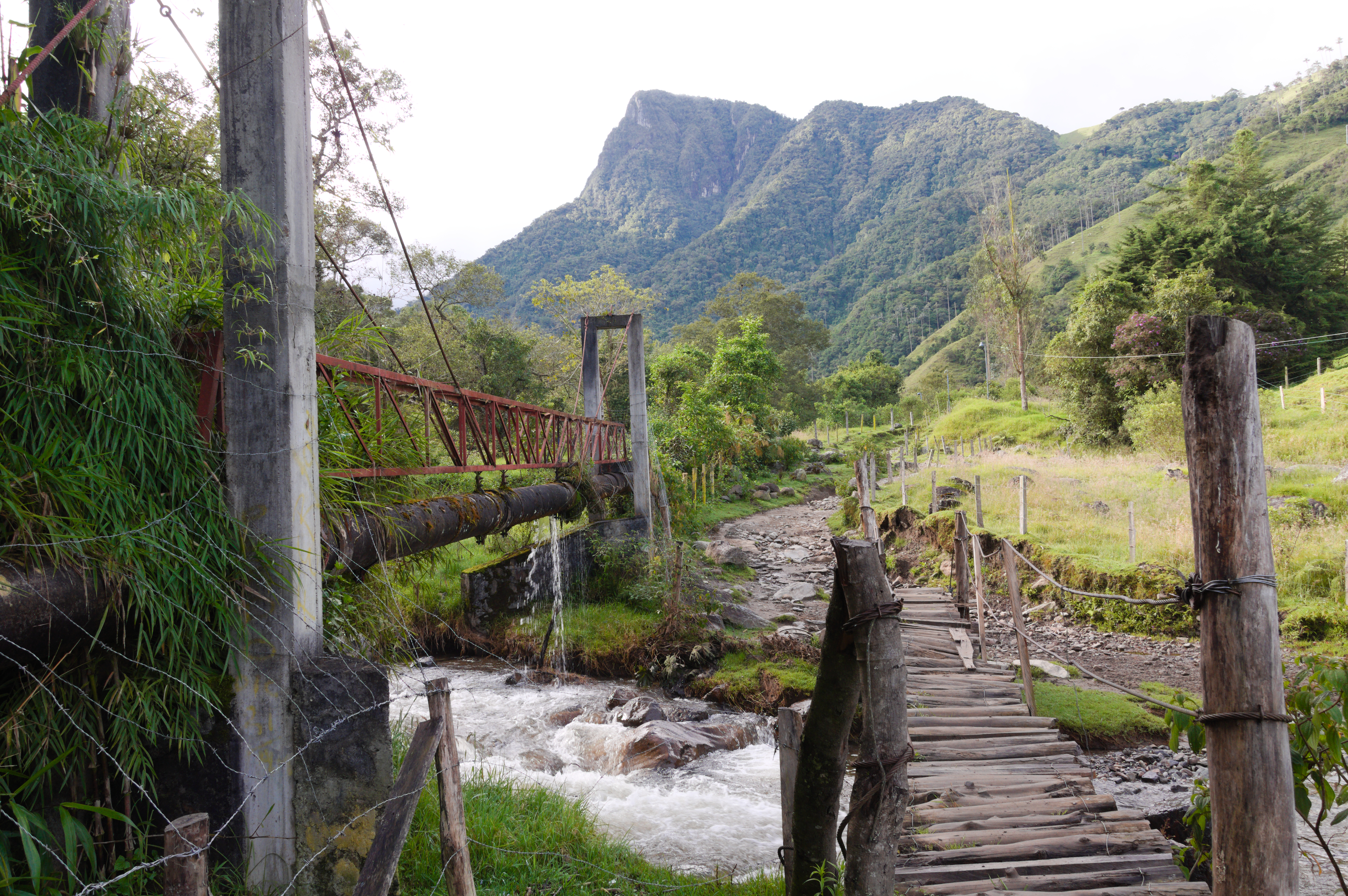
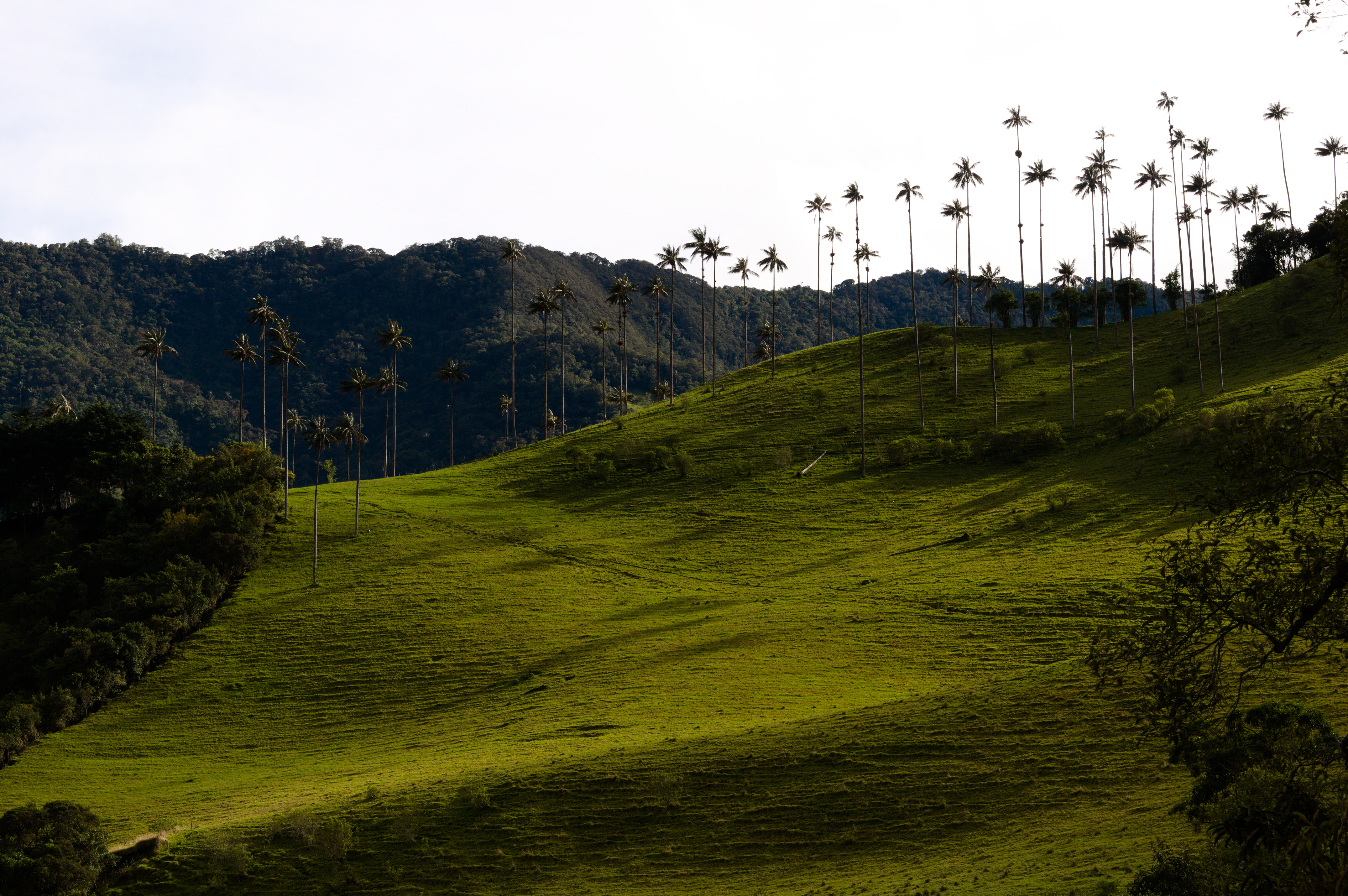
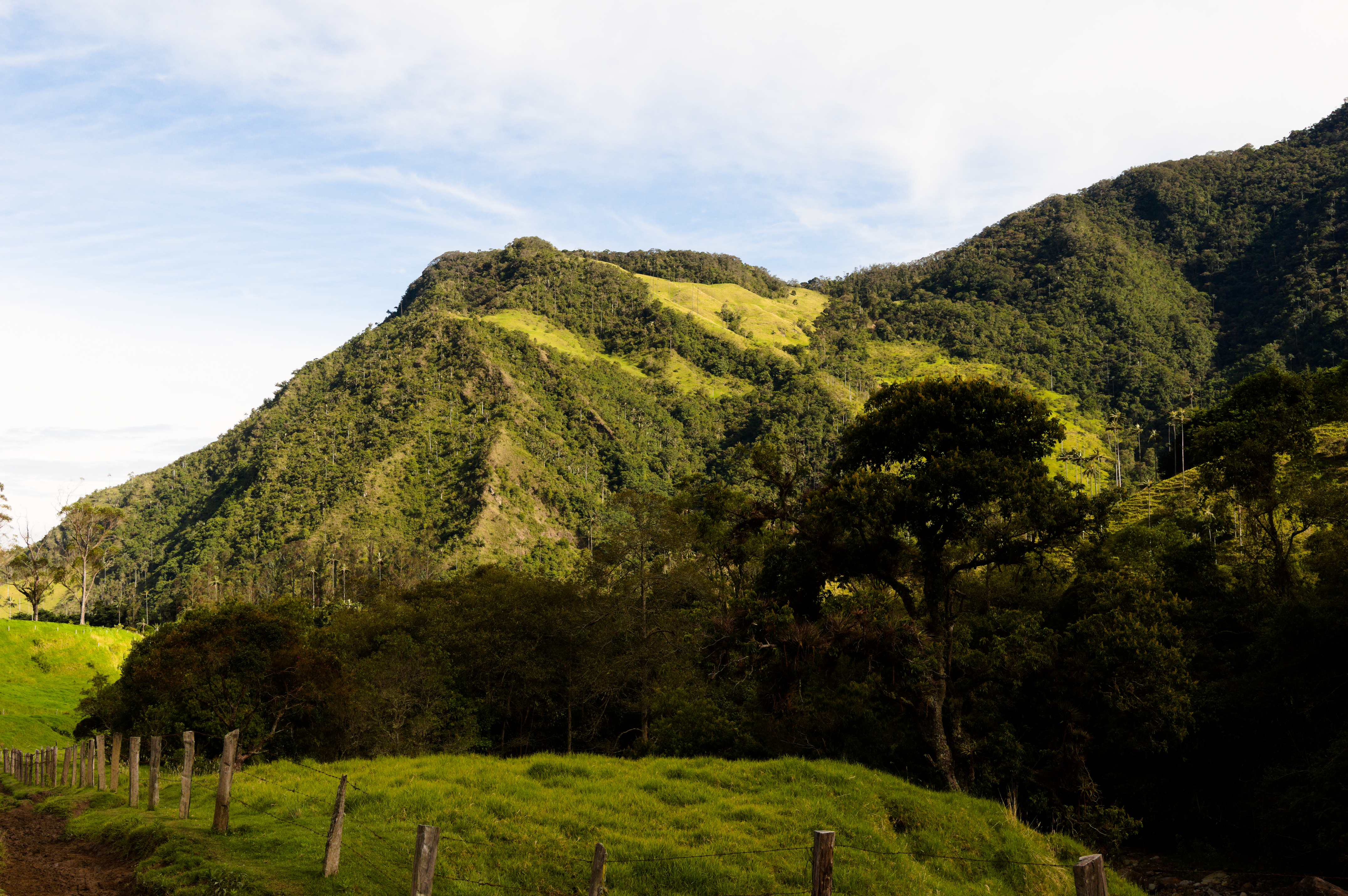
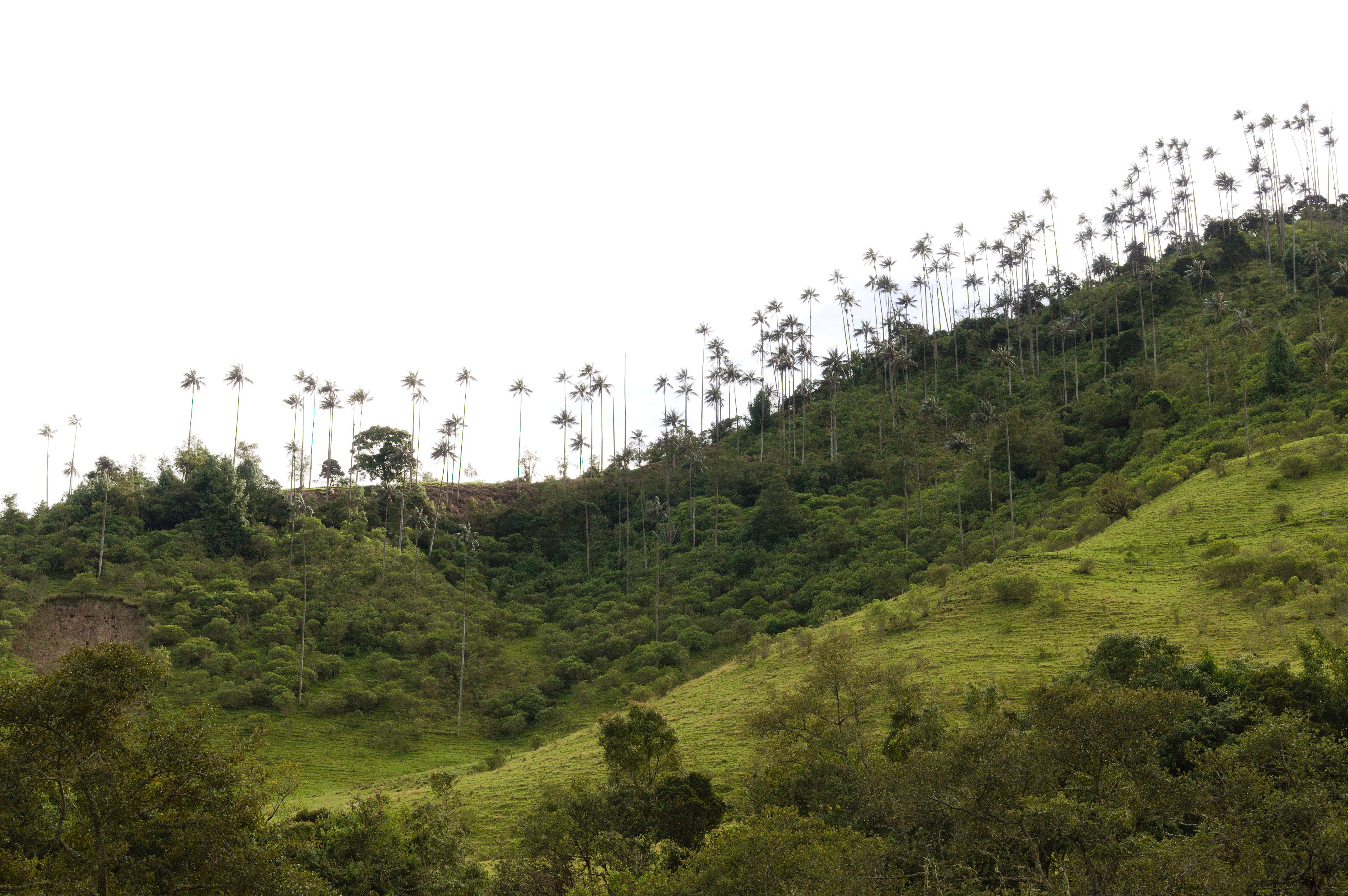
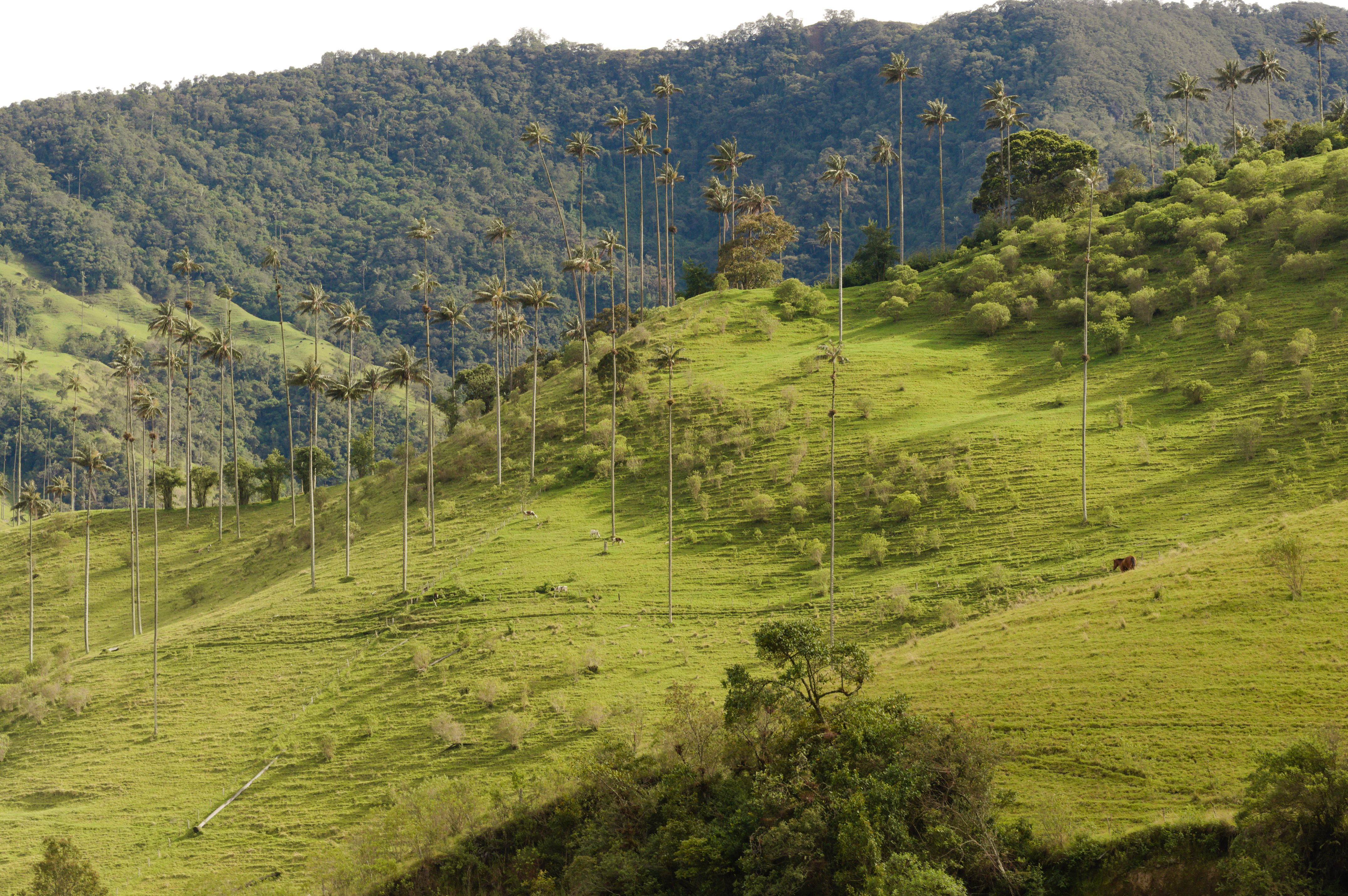
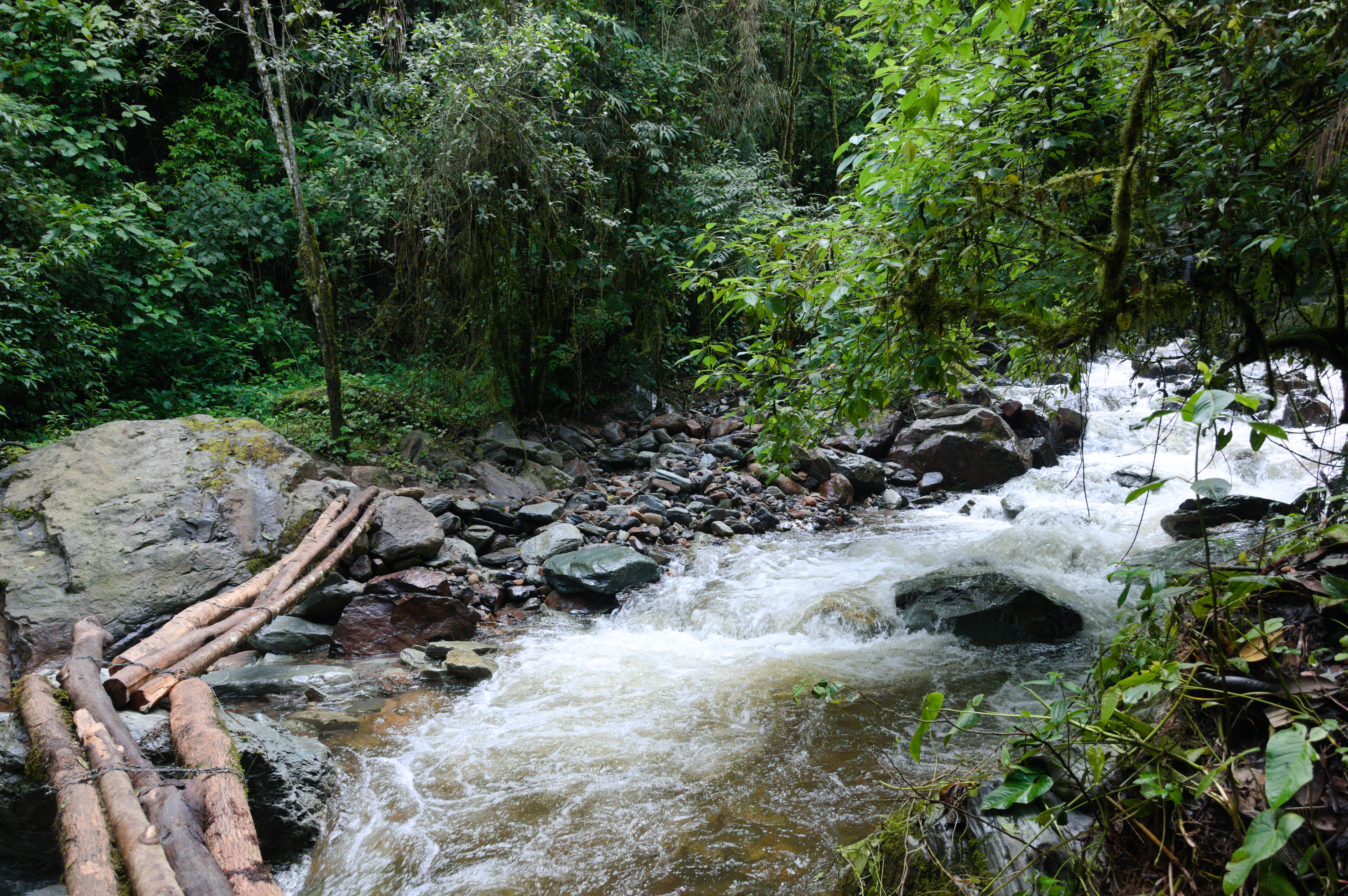
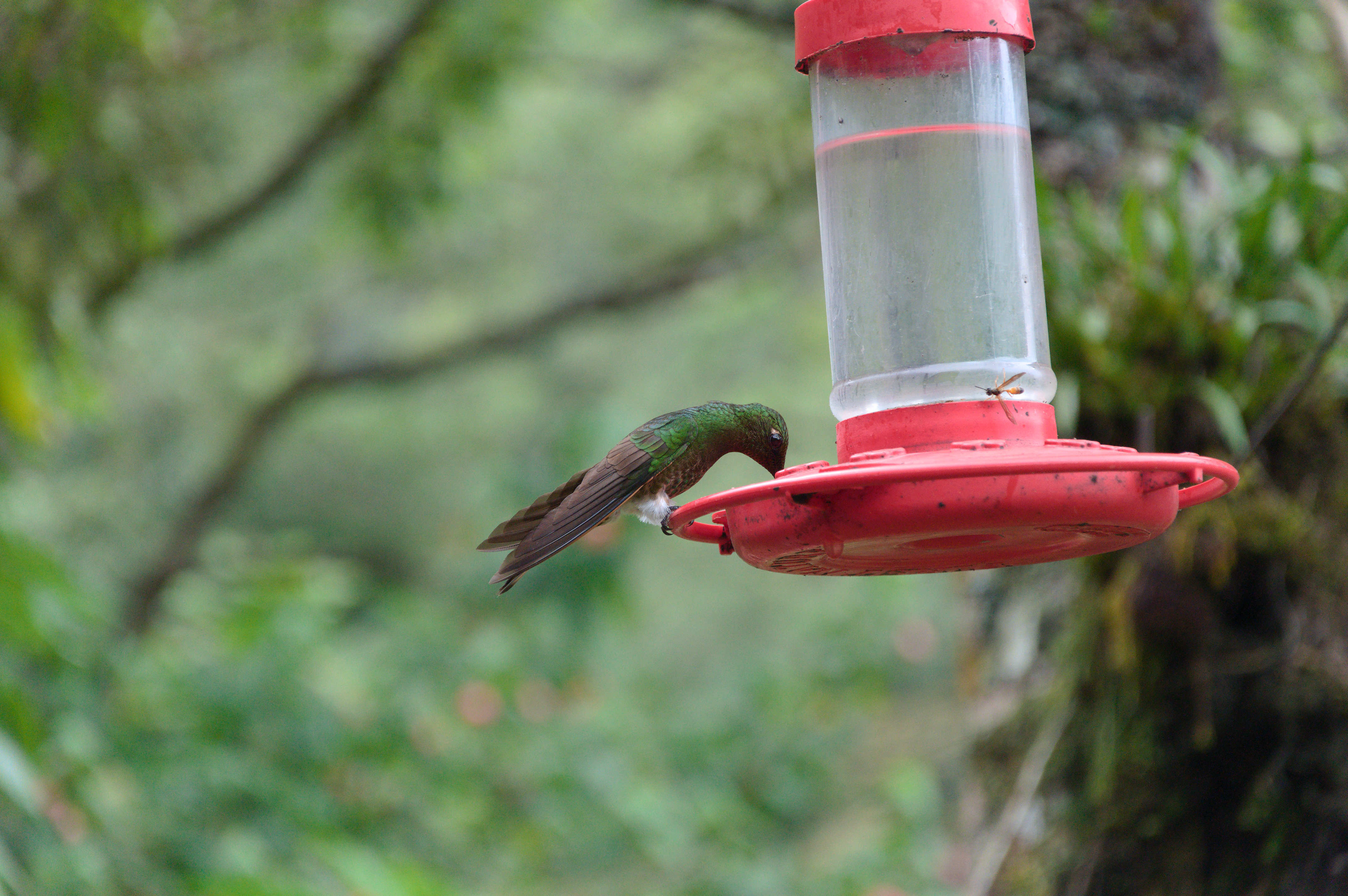
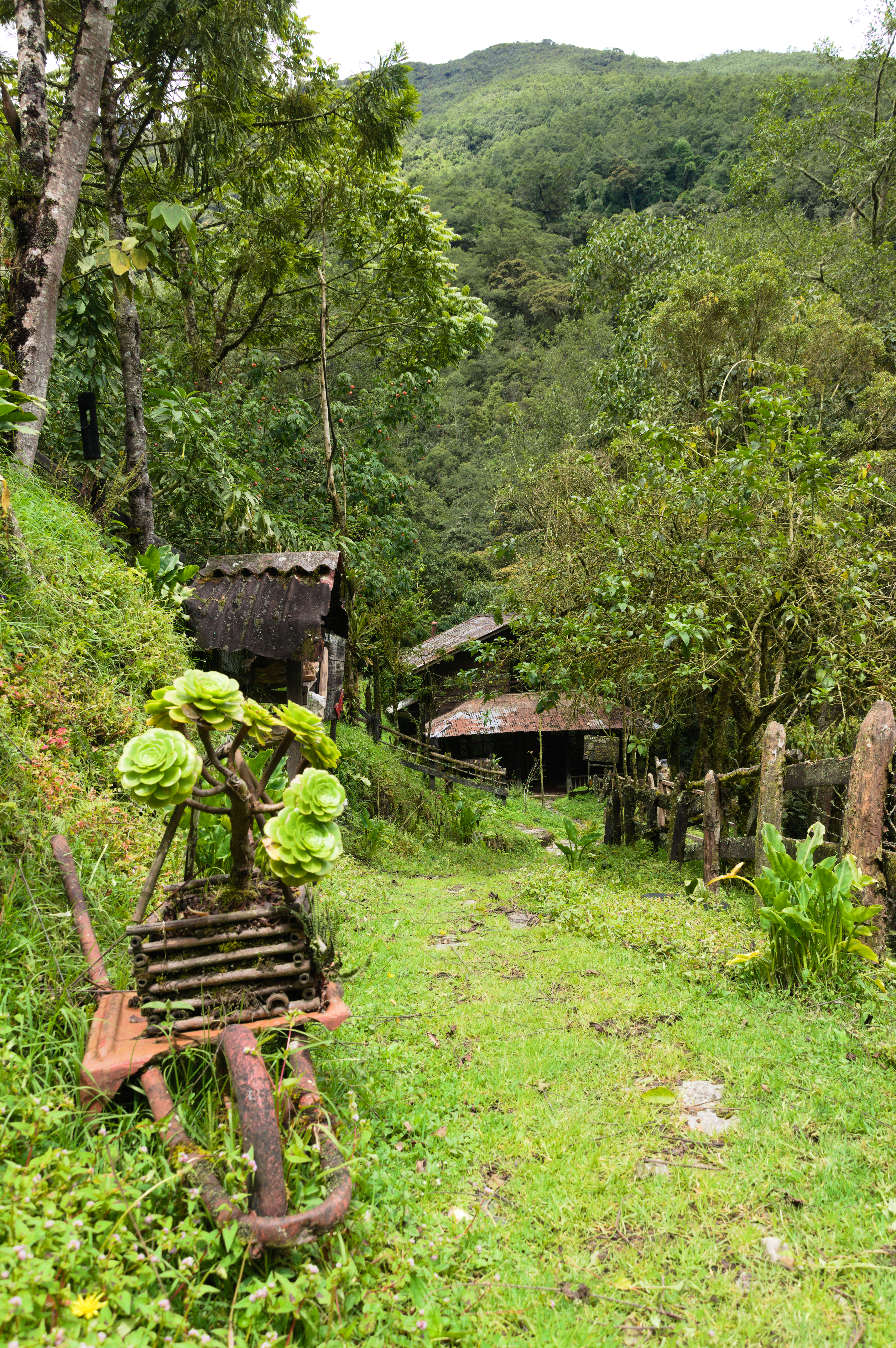
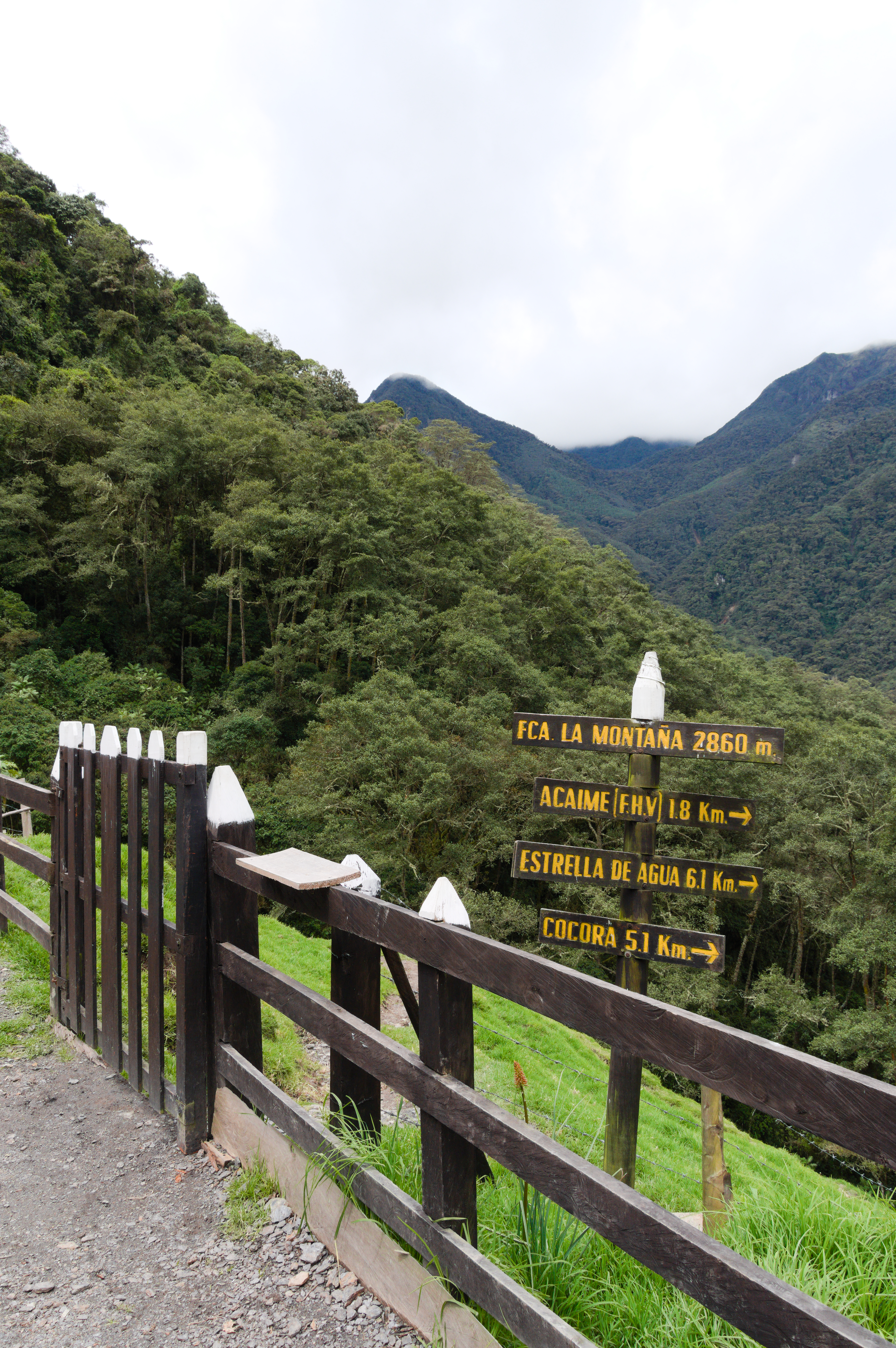
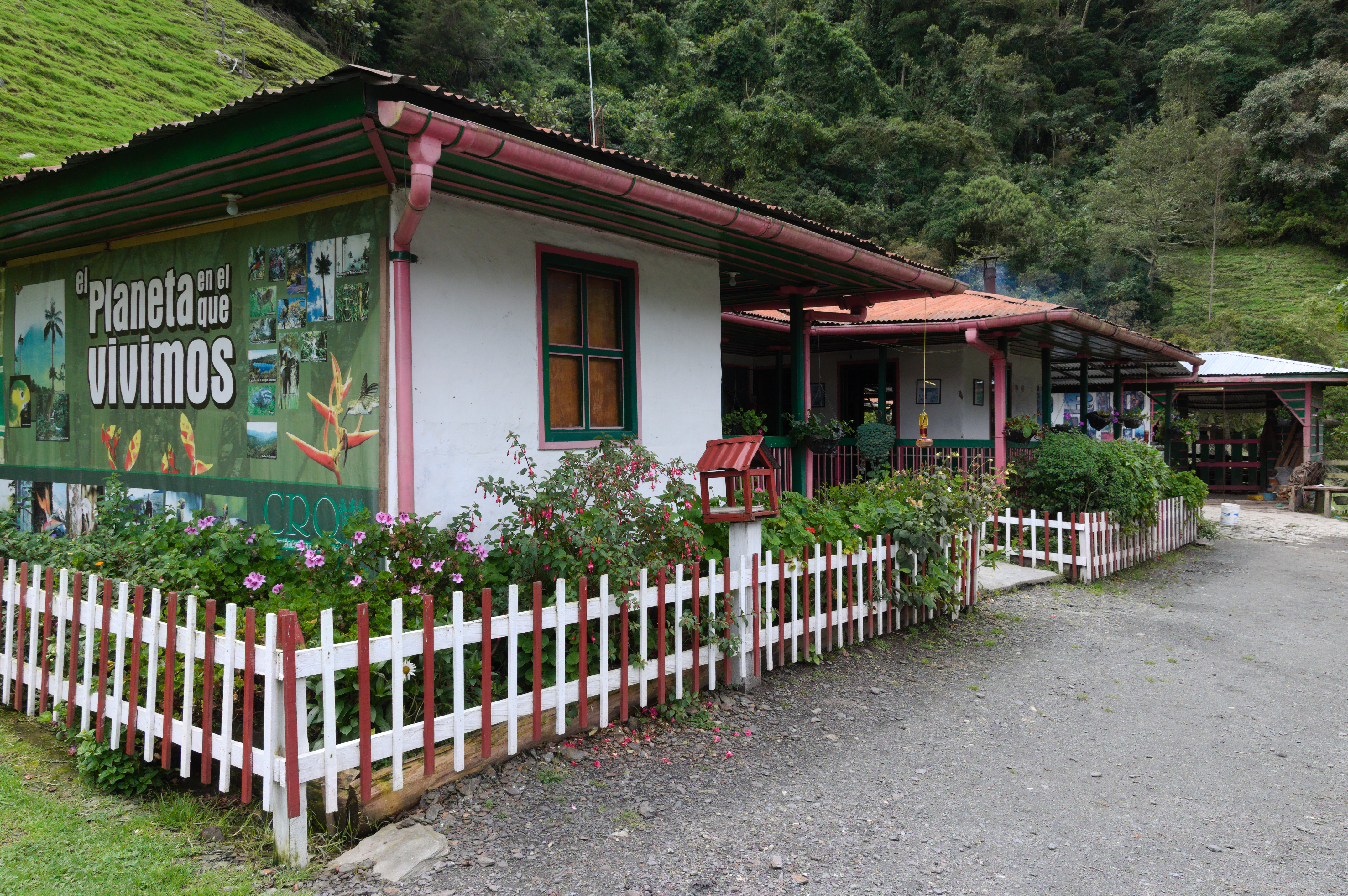
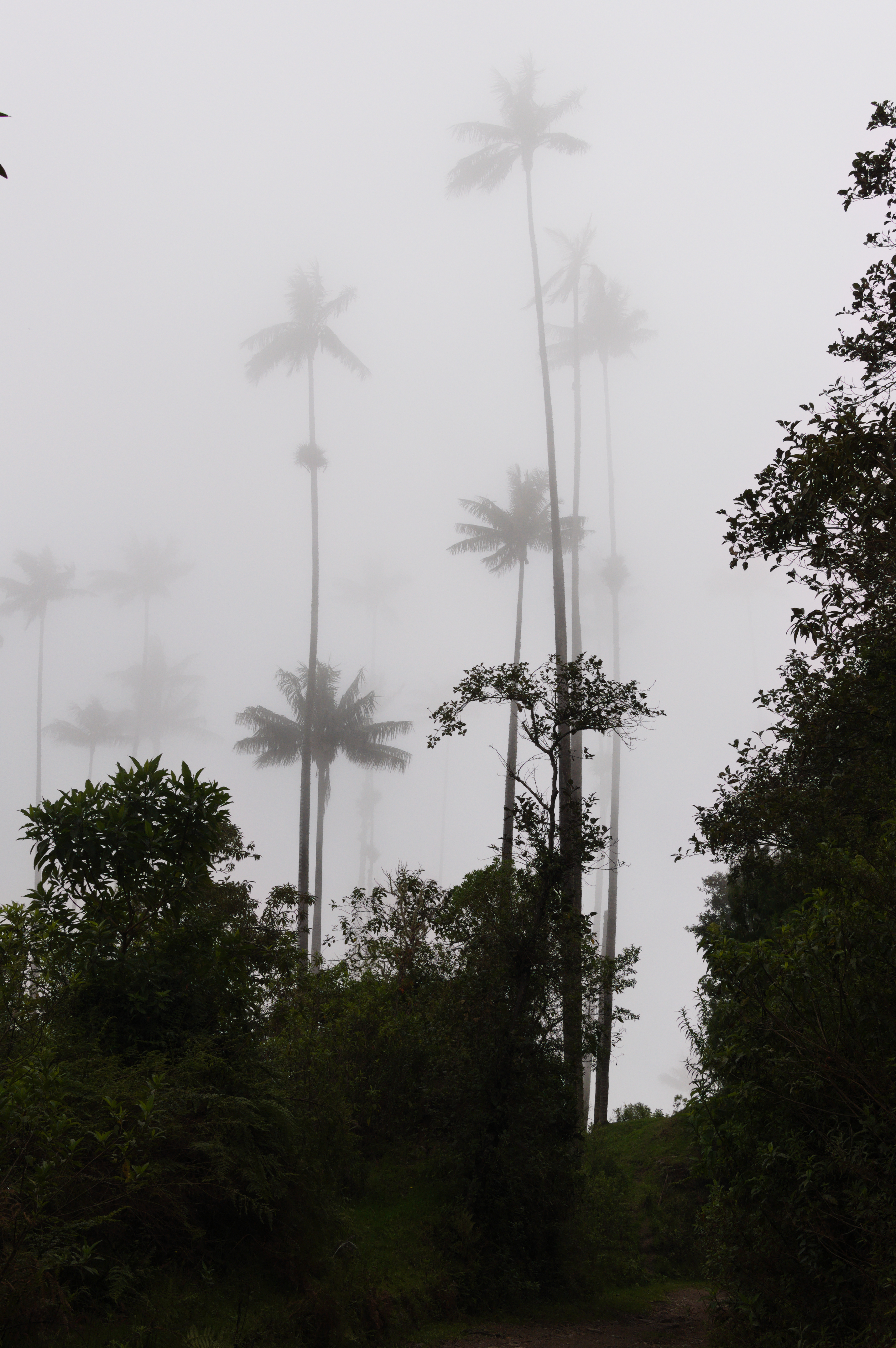
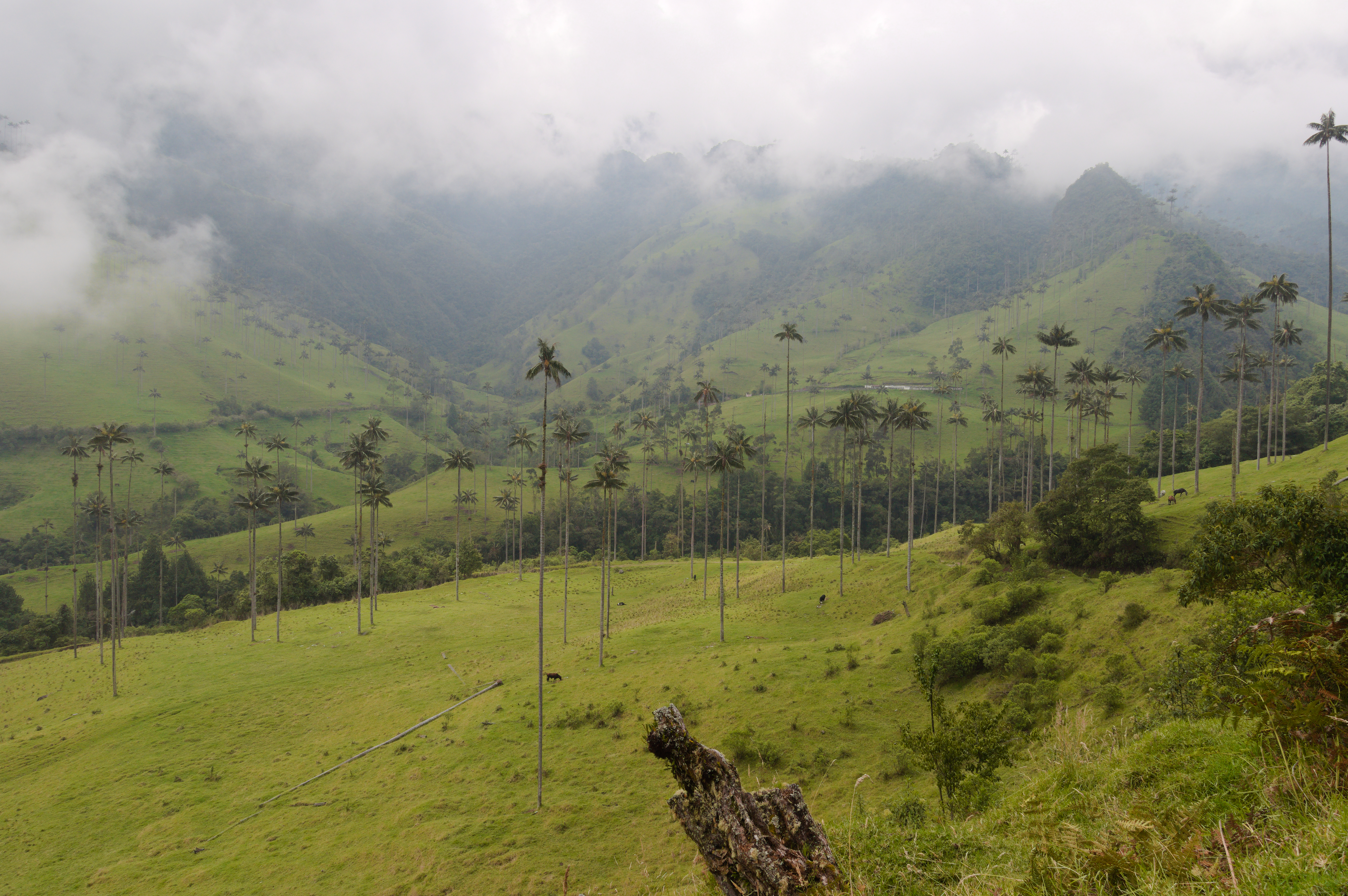
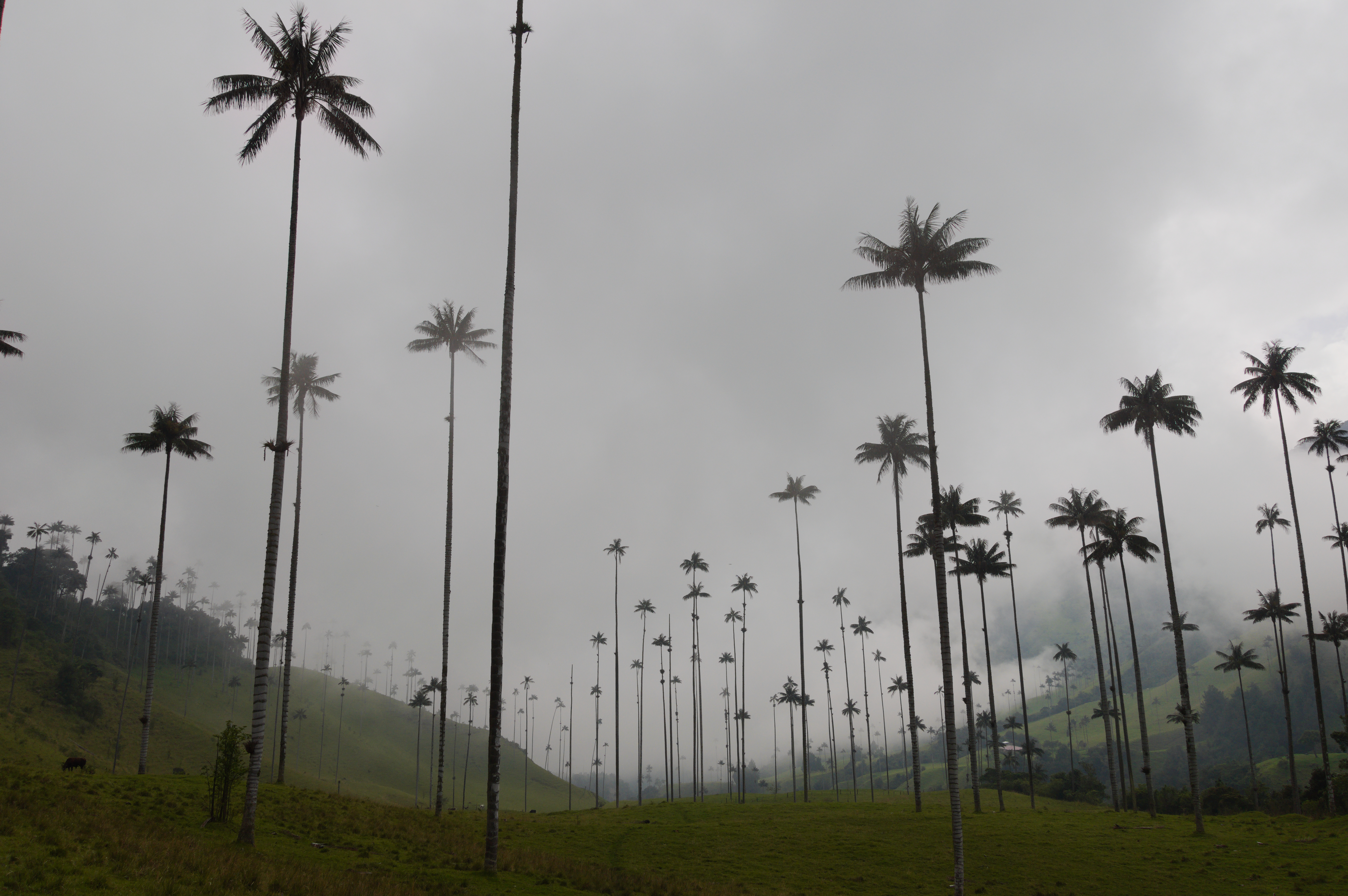
Armenia feels more like a big town than a departmental capital, and is far more slow-paced than its coffee-country rivals Manizales and Pereira. Originally named Villa Holguín when founded in 1889, Armenia was renamed in the early 20th century in solidarity with the Armenian victims of genocide perpetuated by the Ottoman Empire. Devastated by an earthquake in 1999 that flattened much of the city center, Armenia has never fully recovered.
